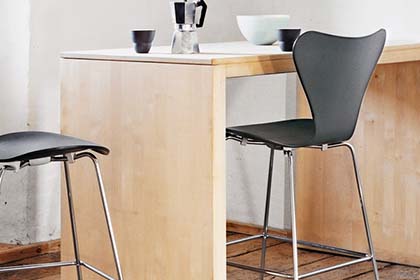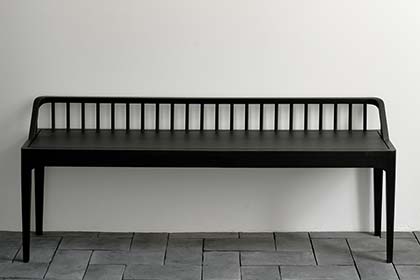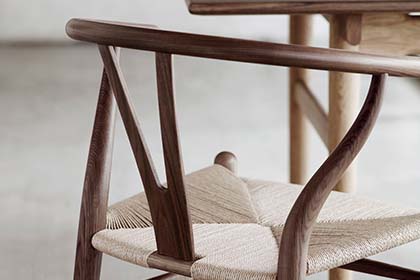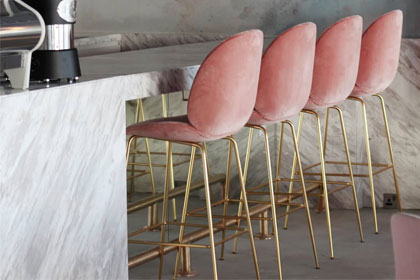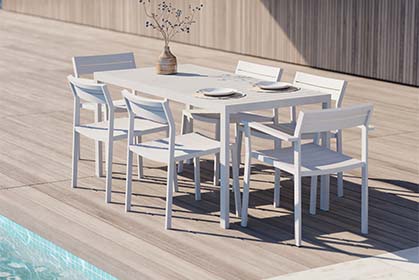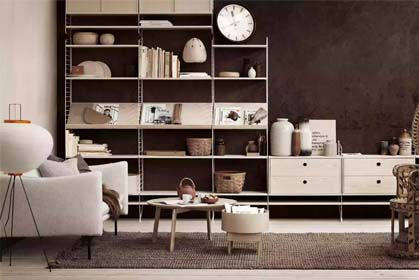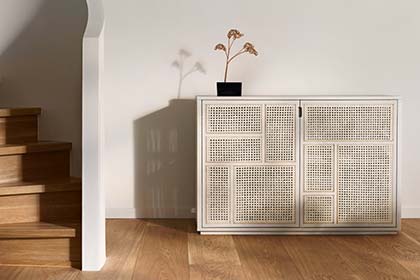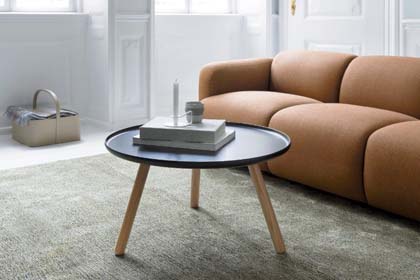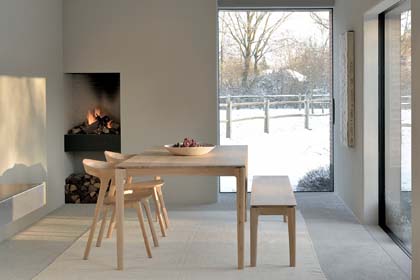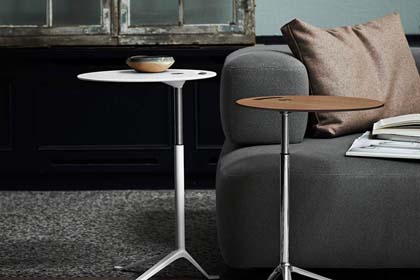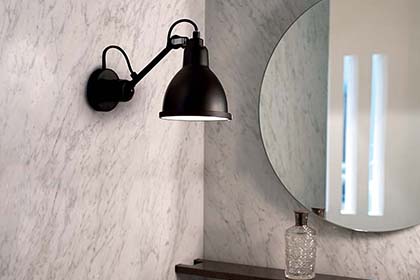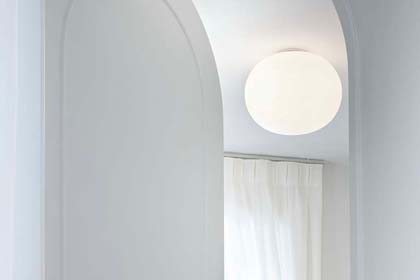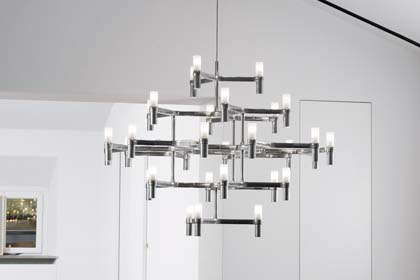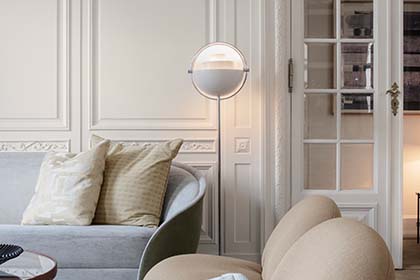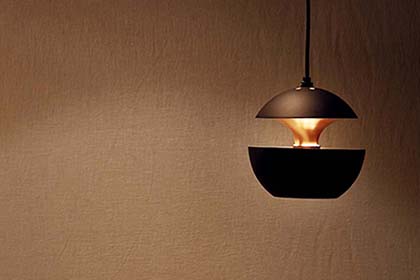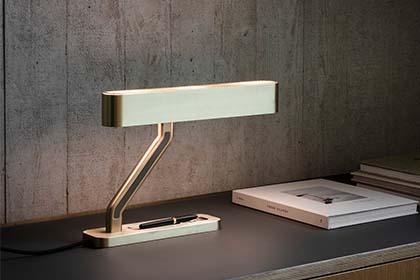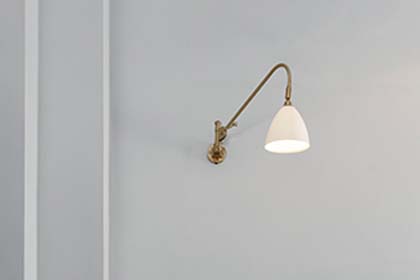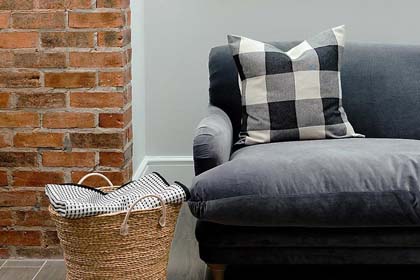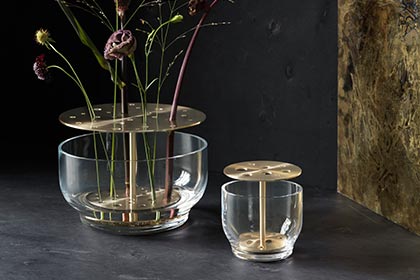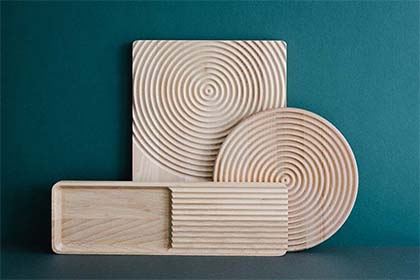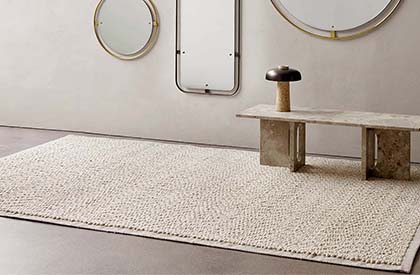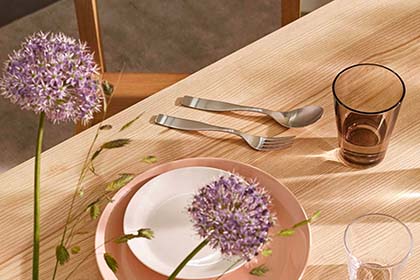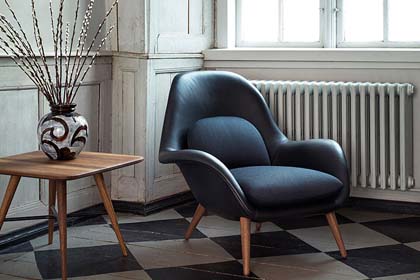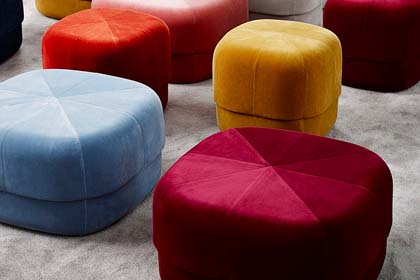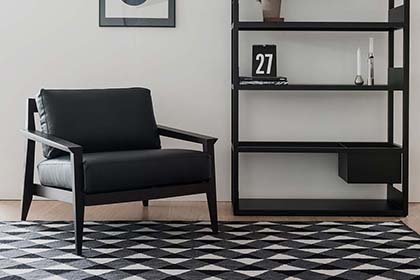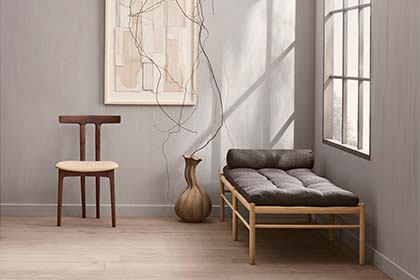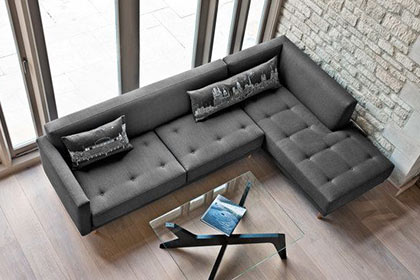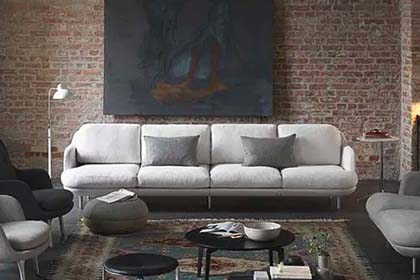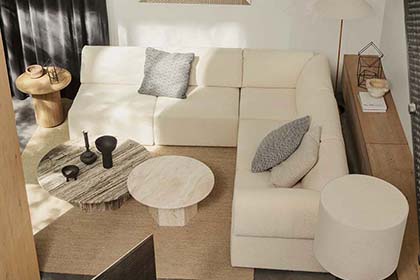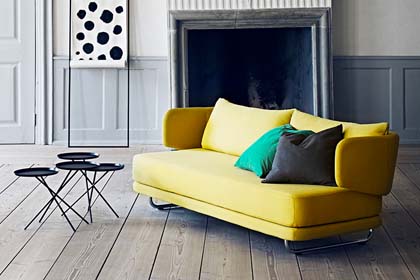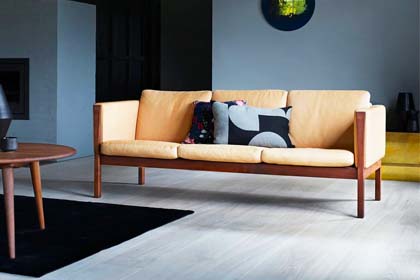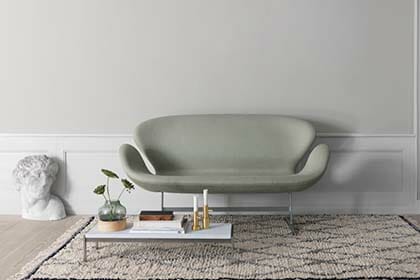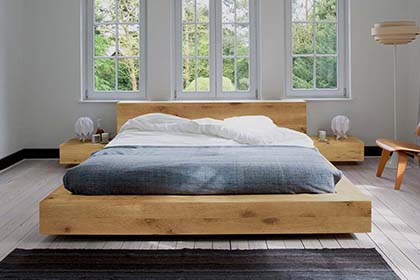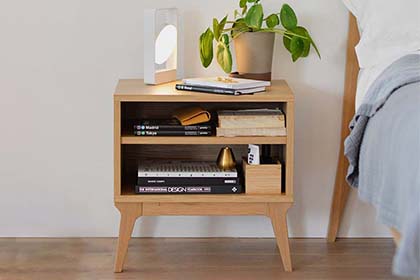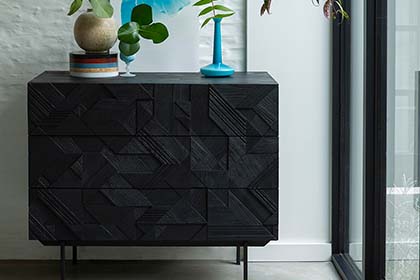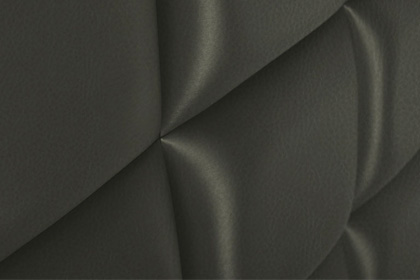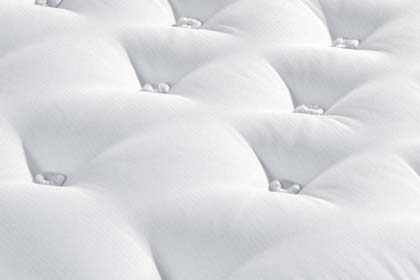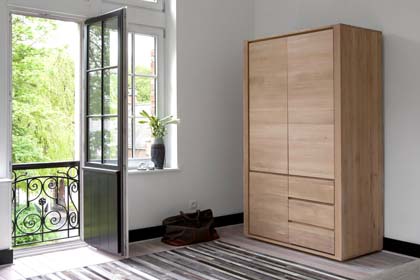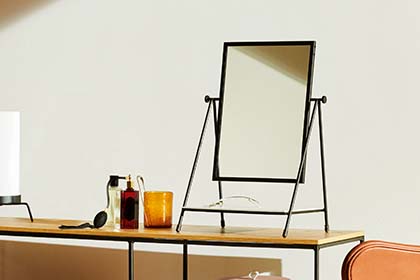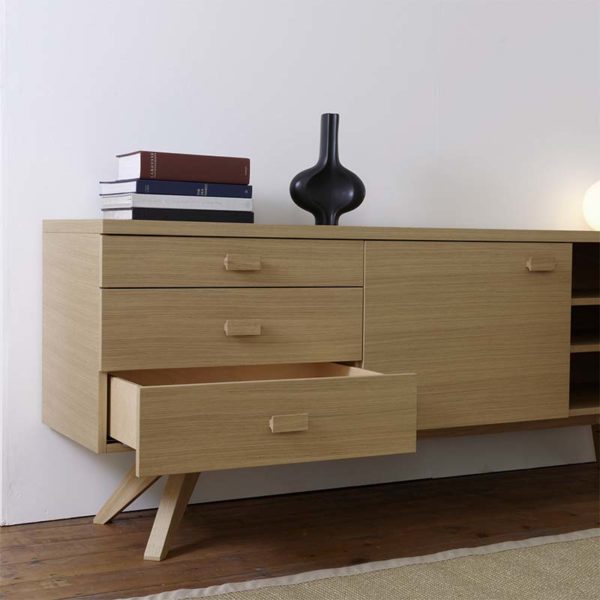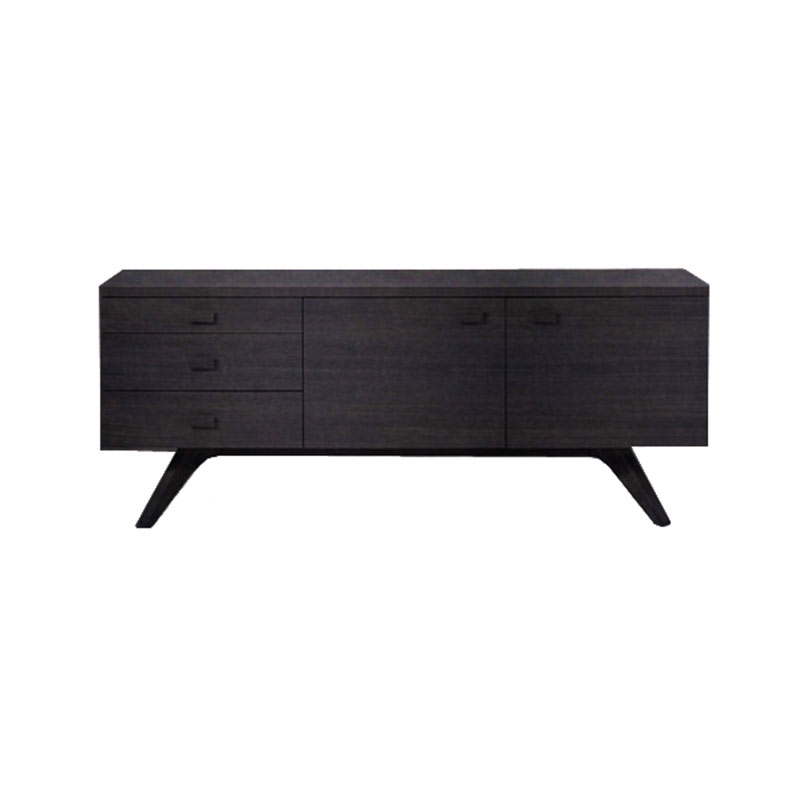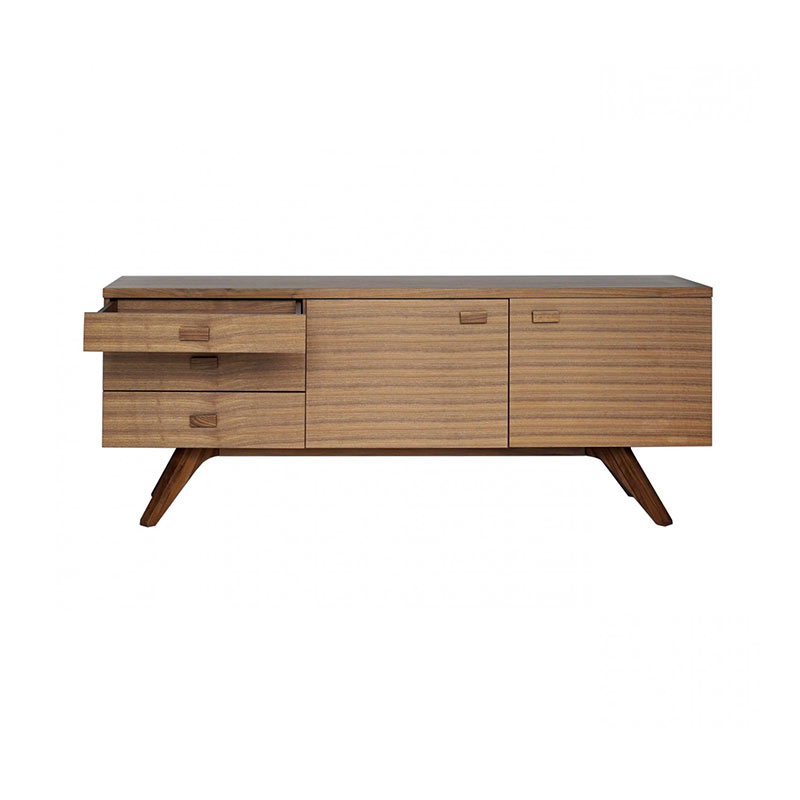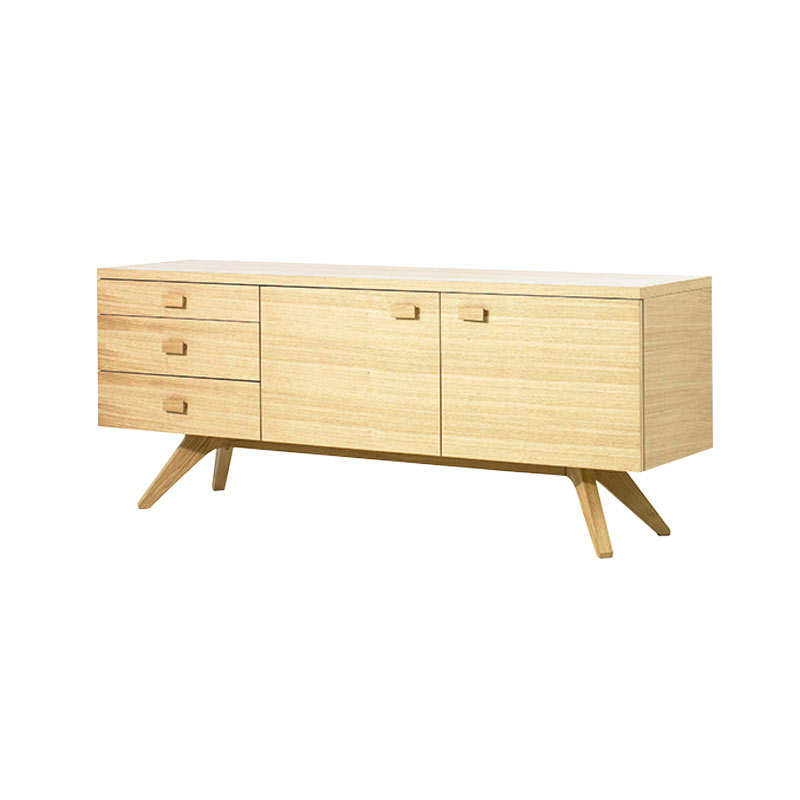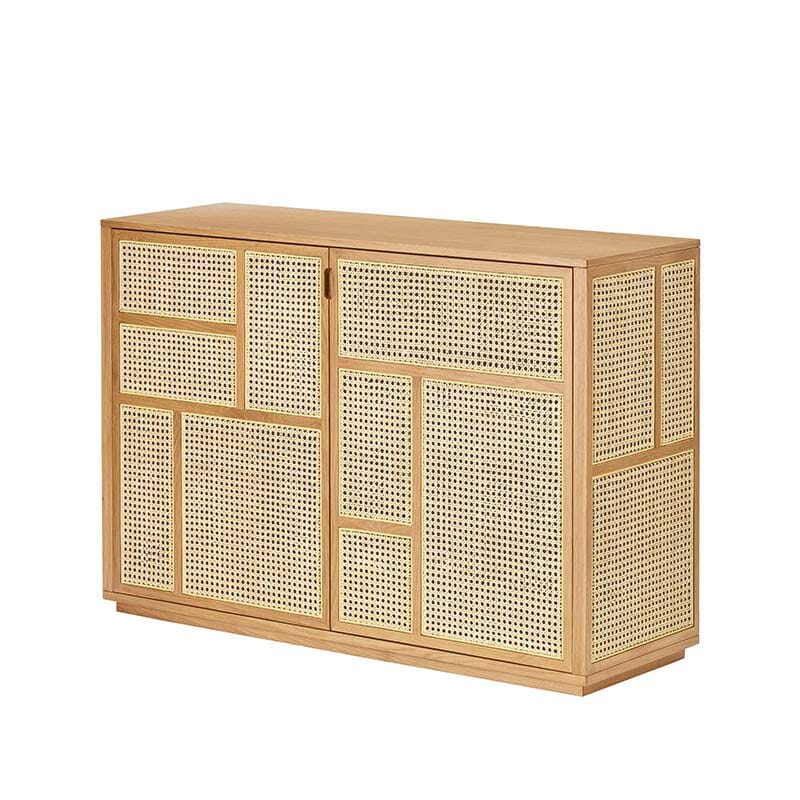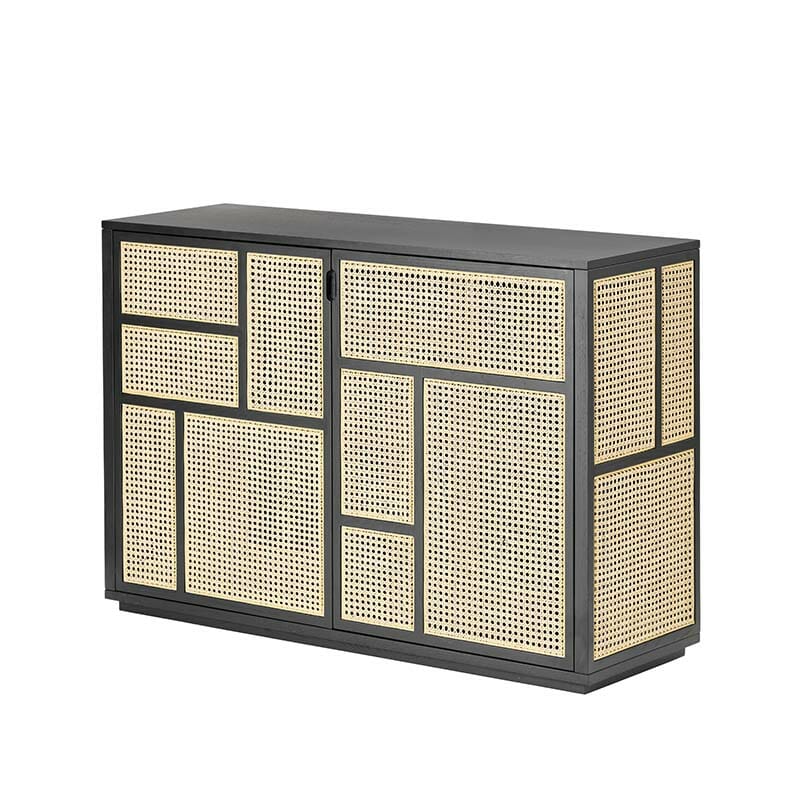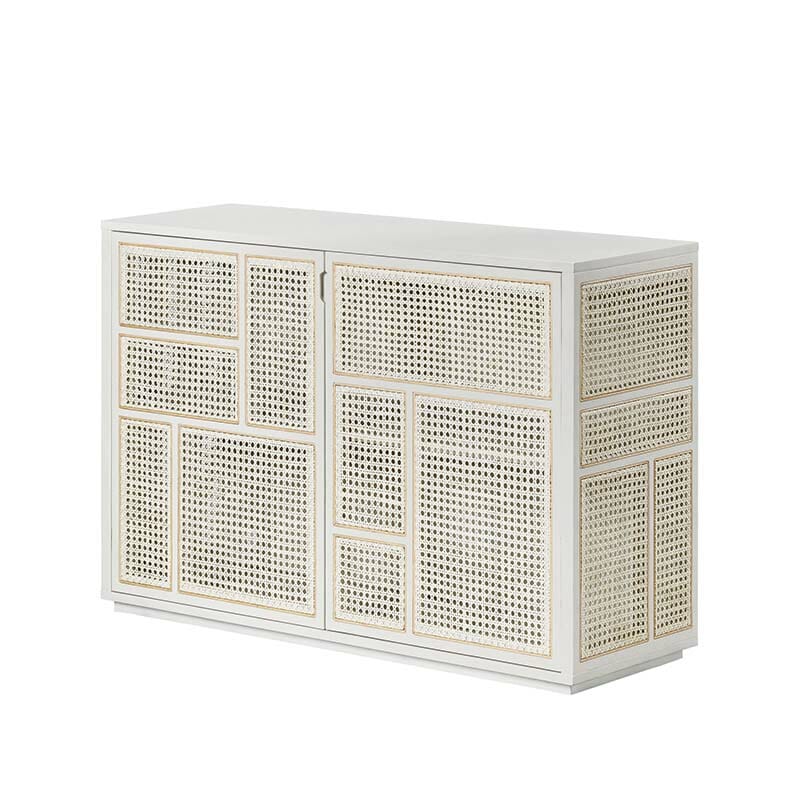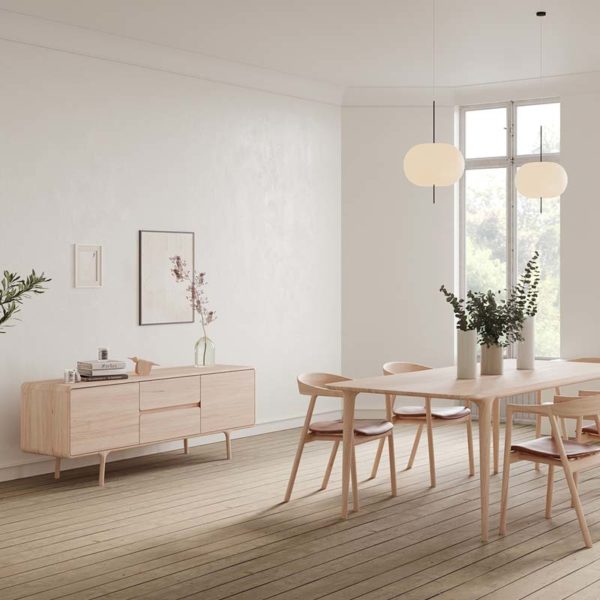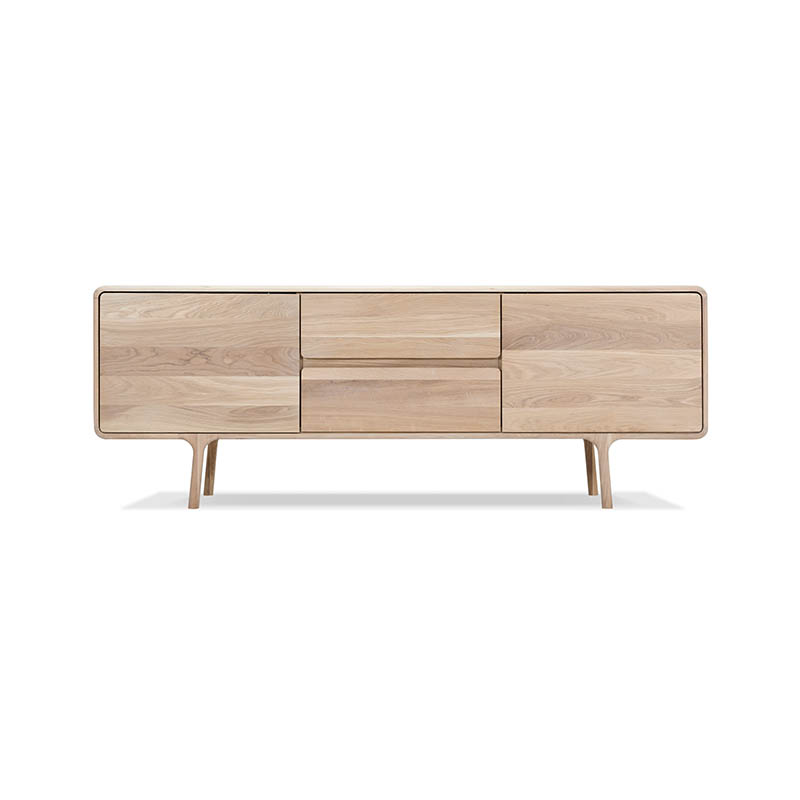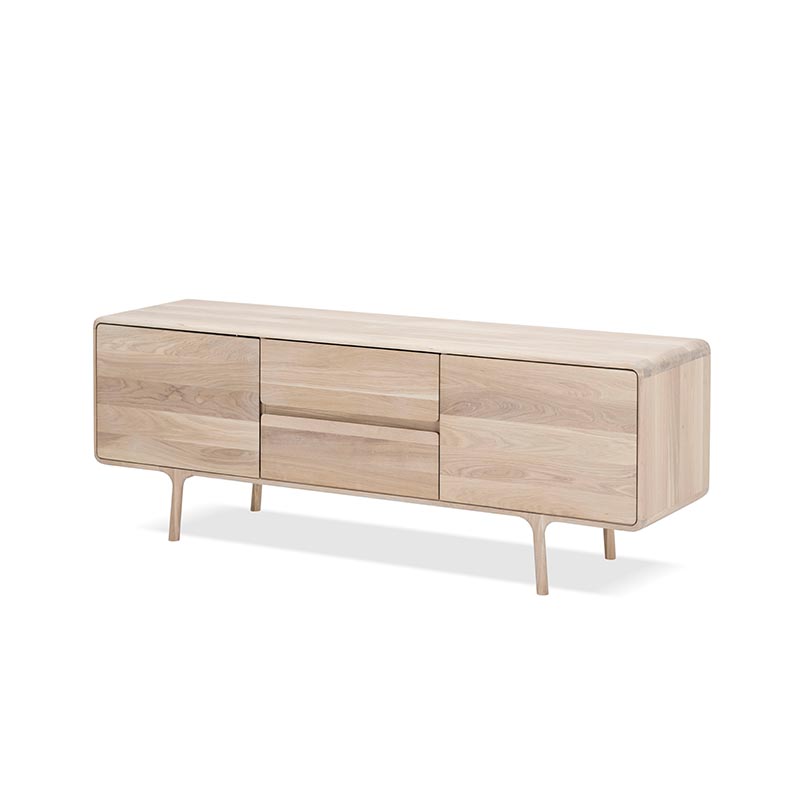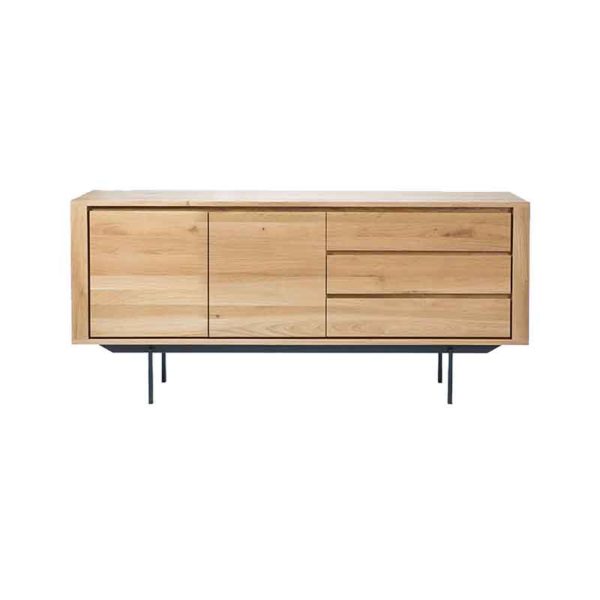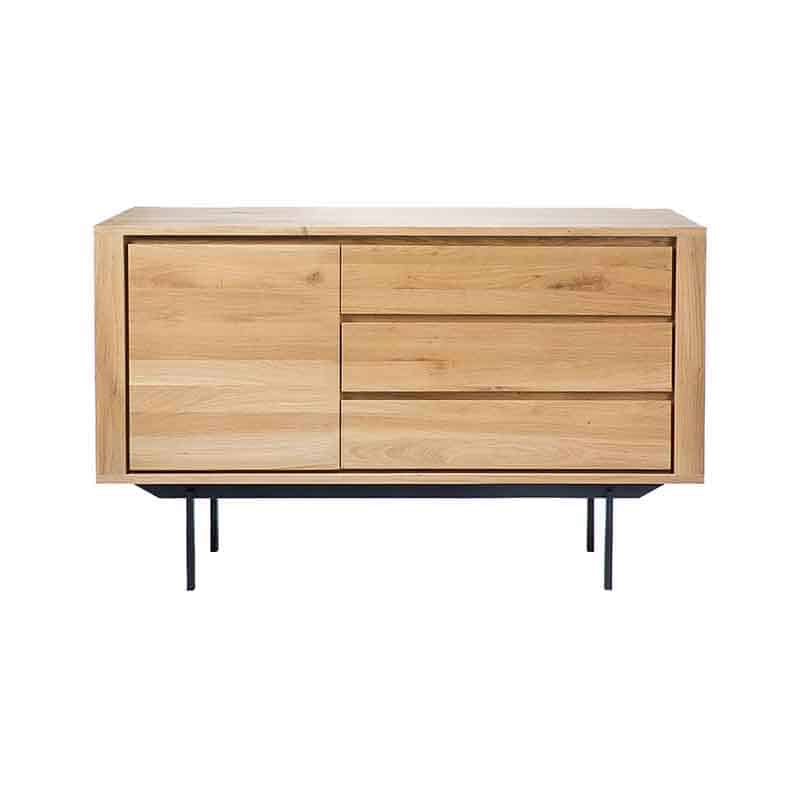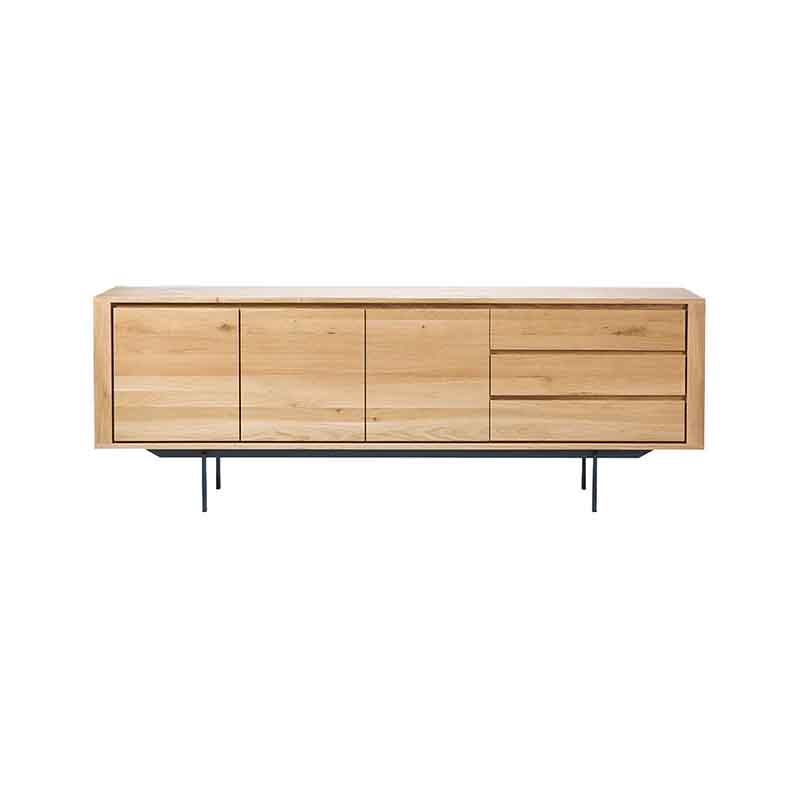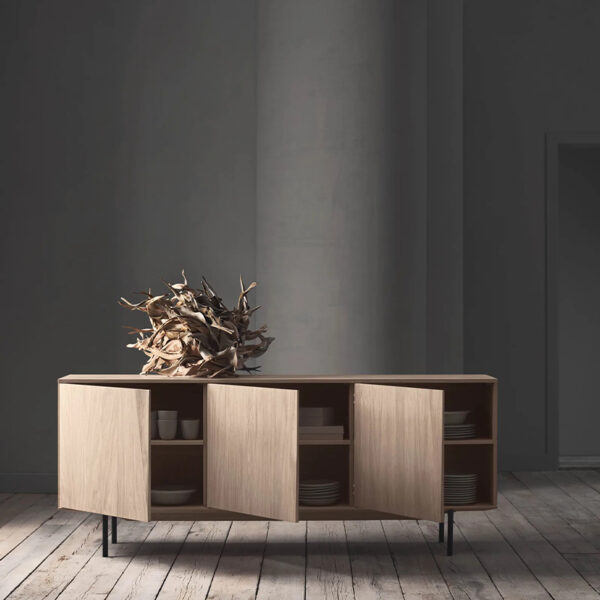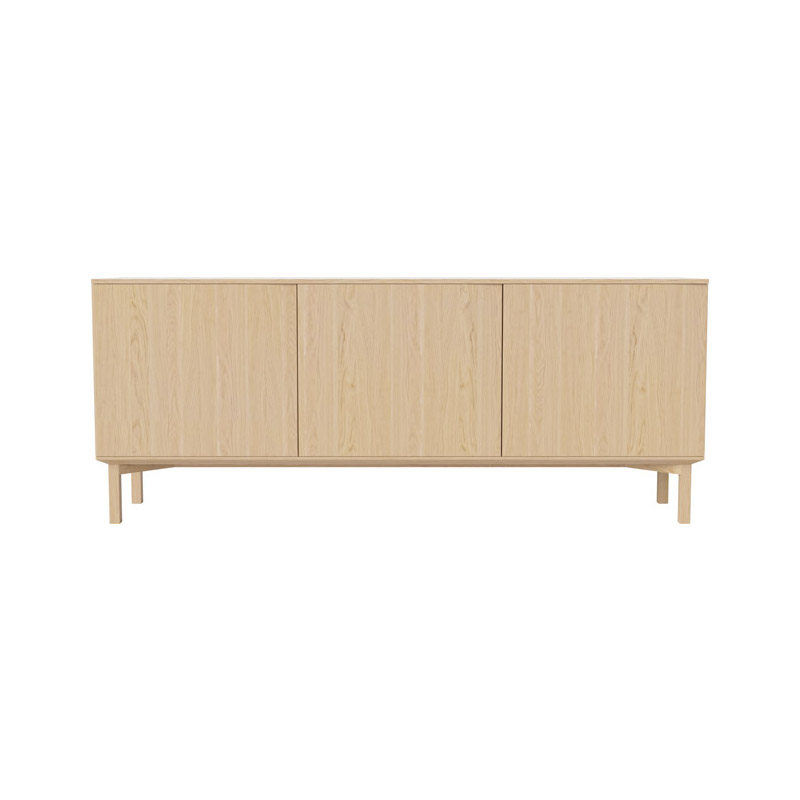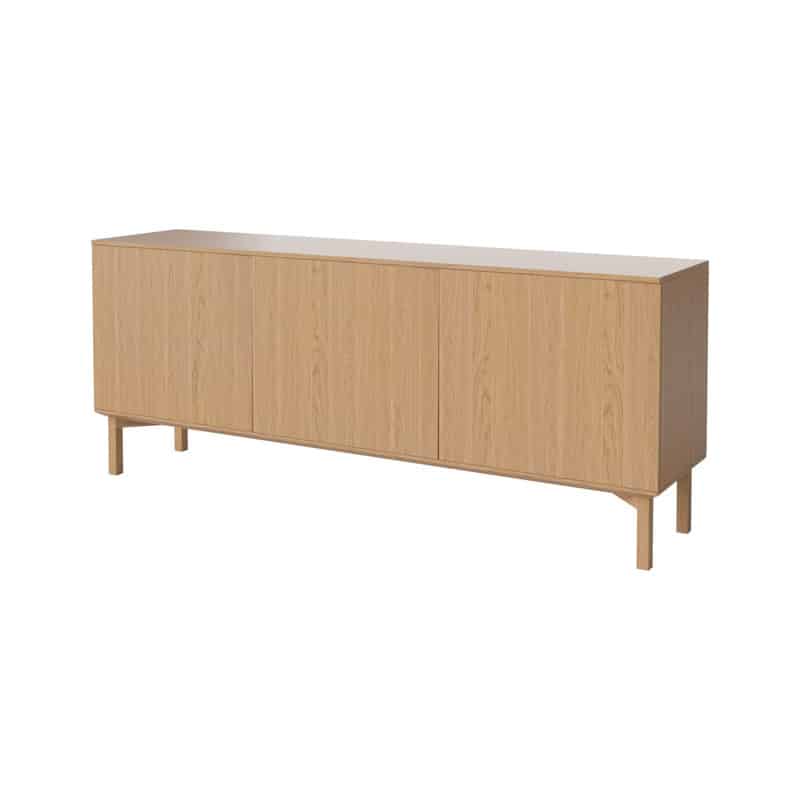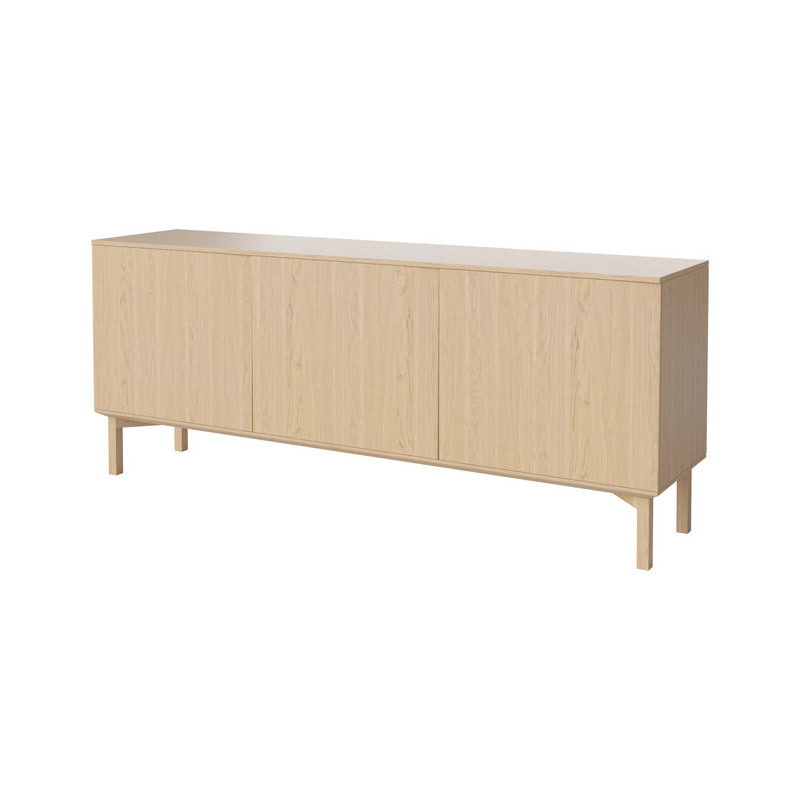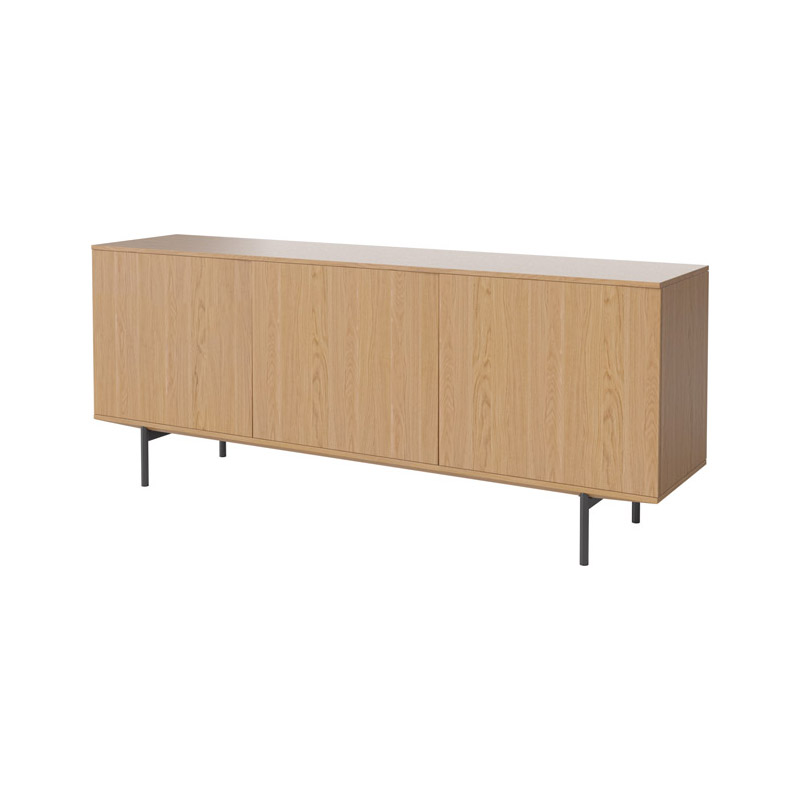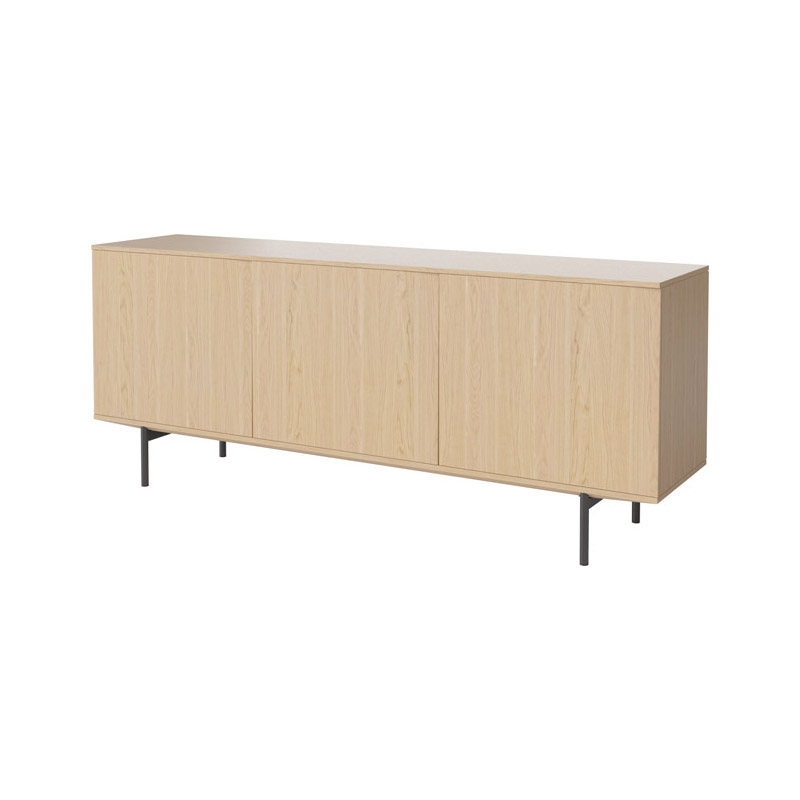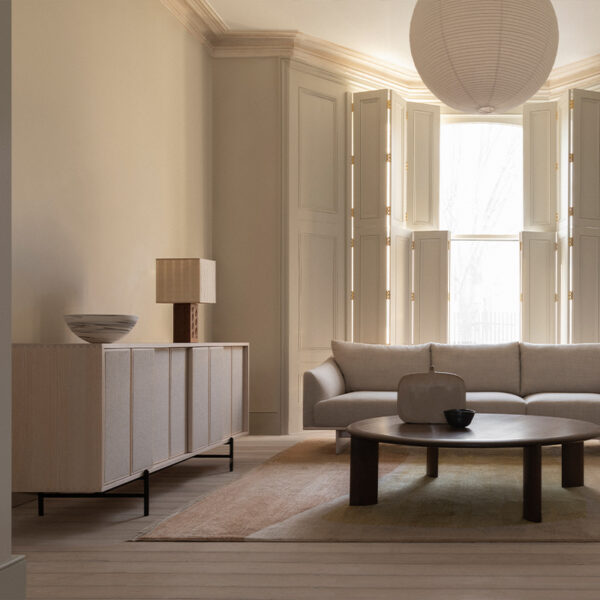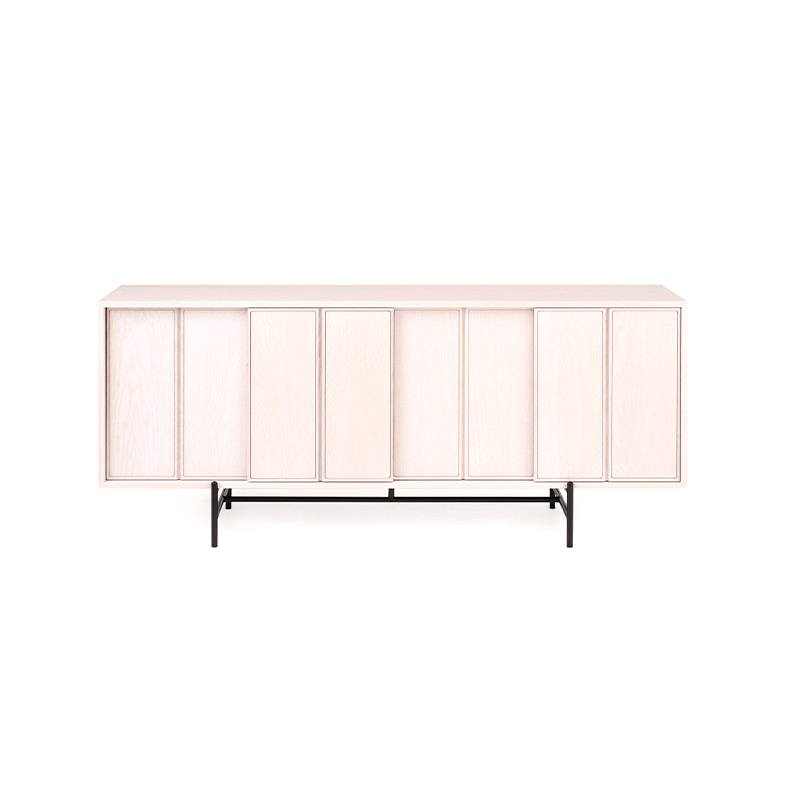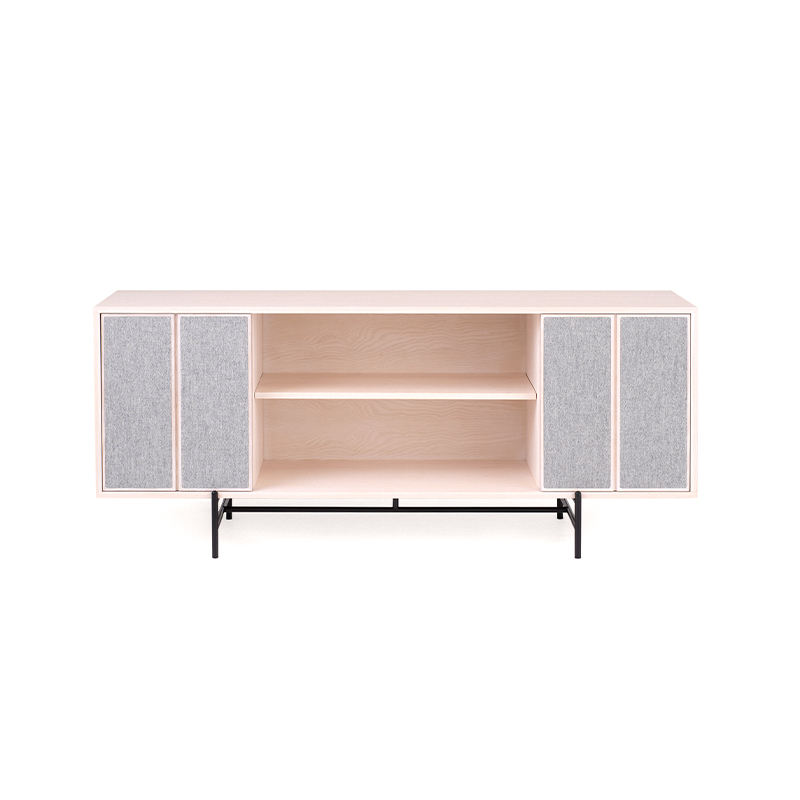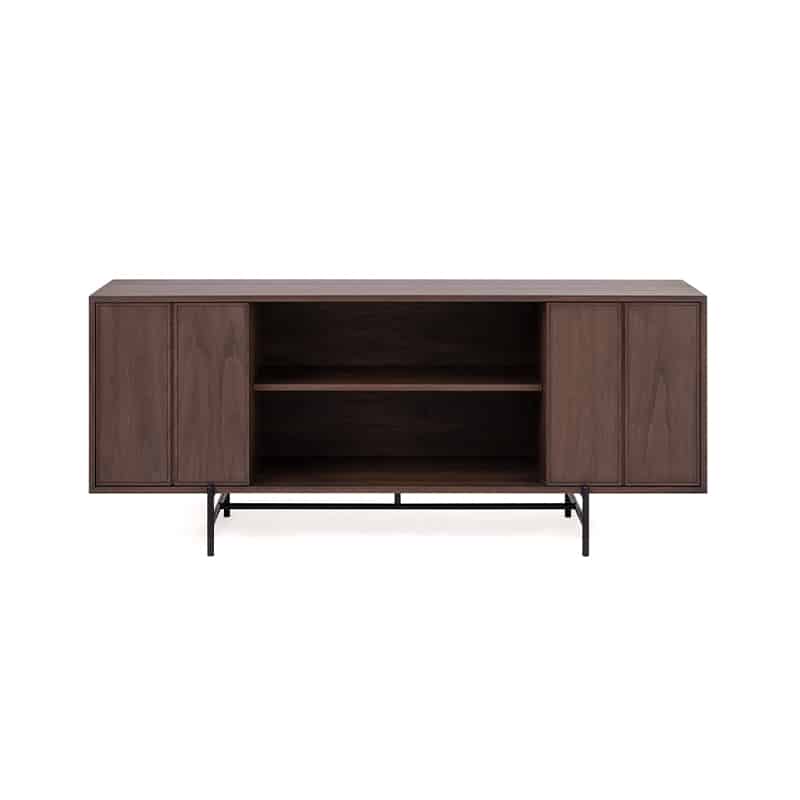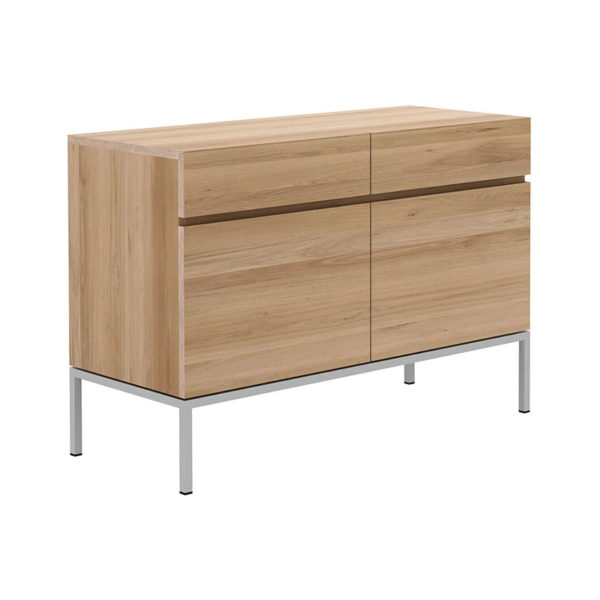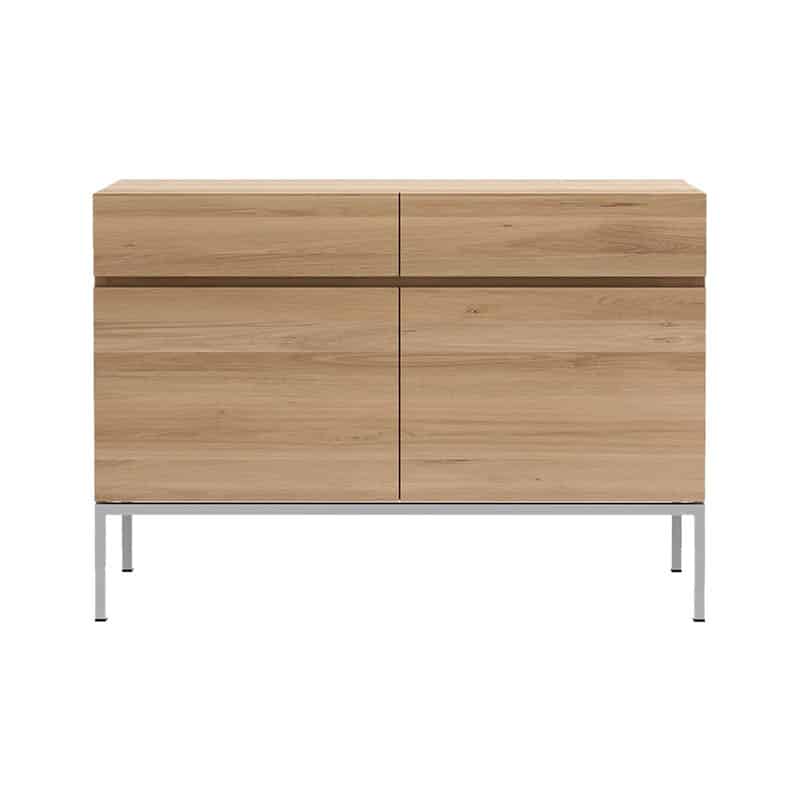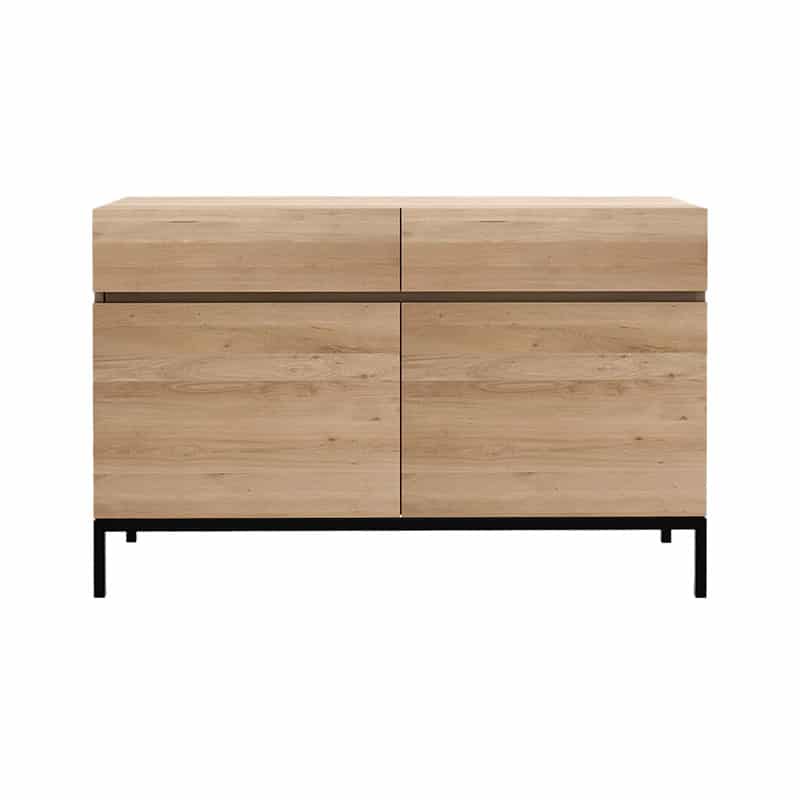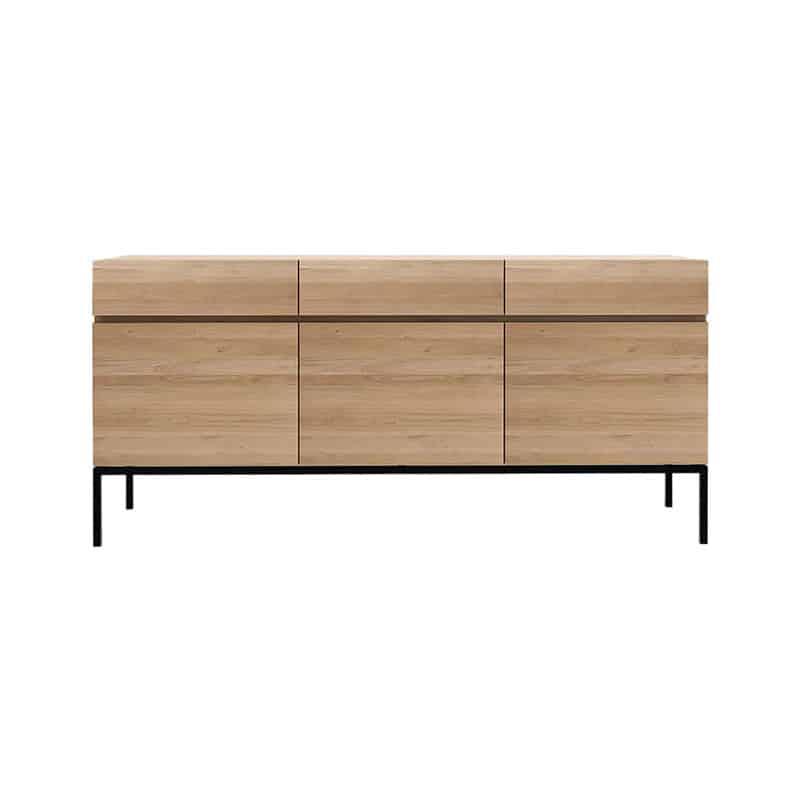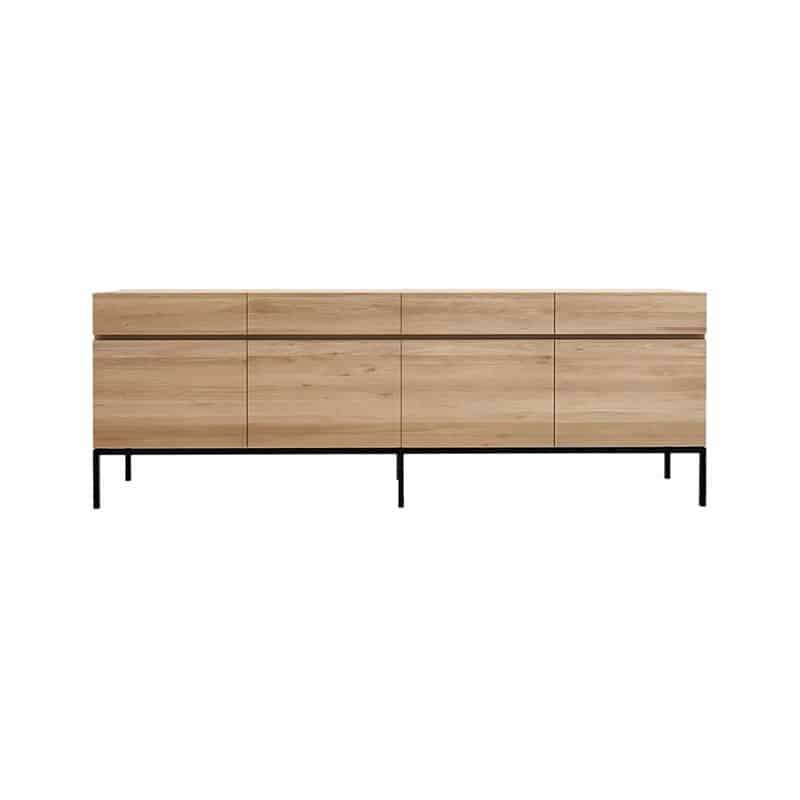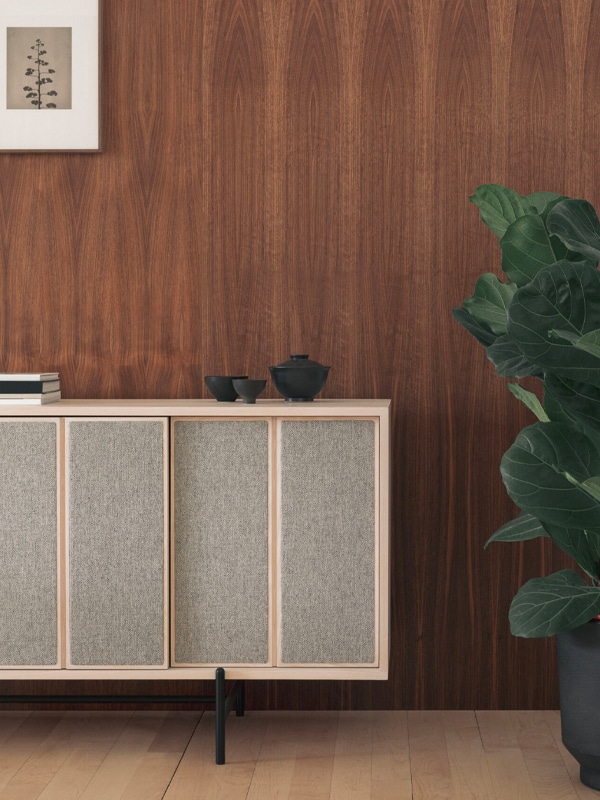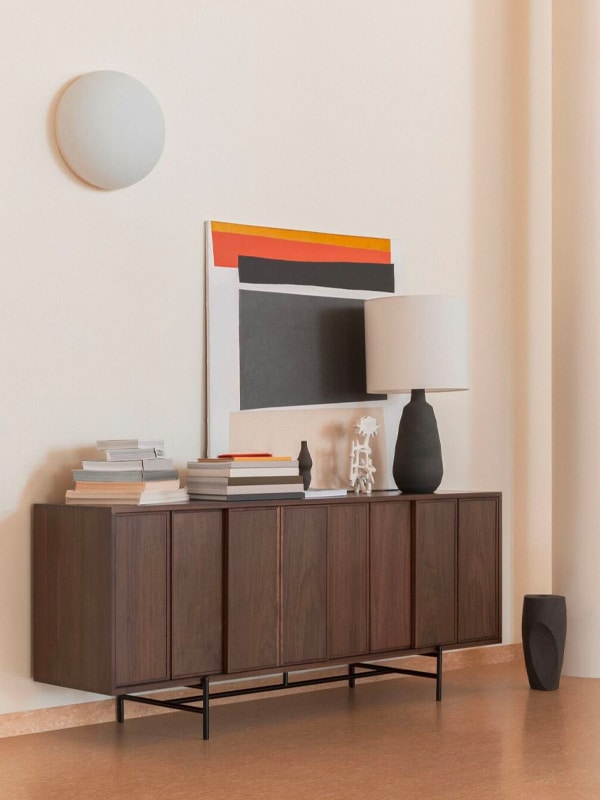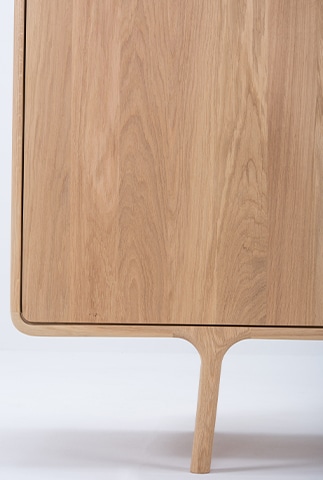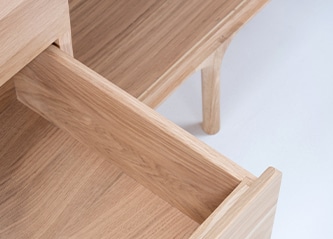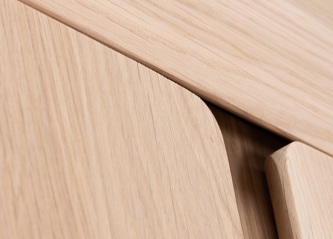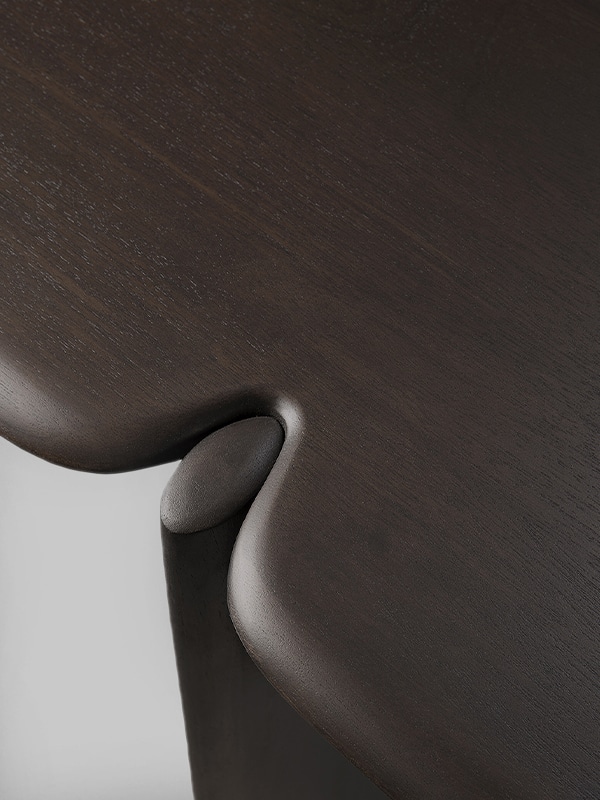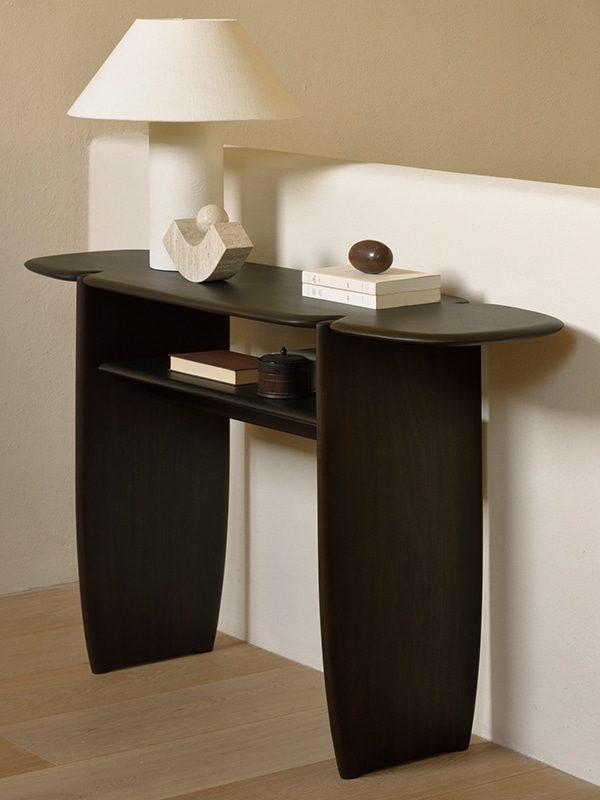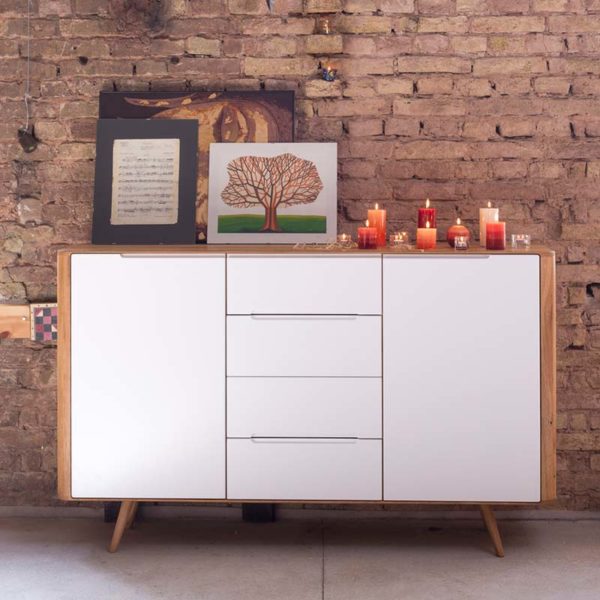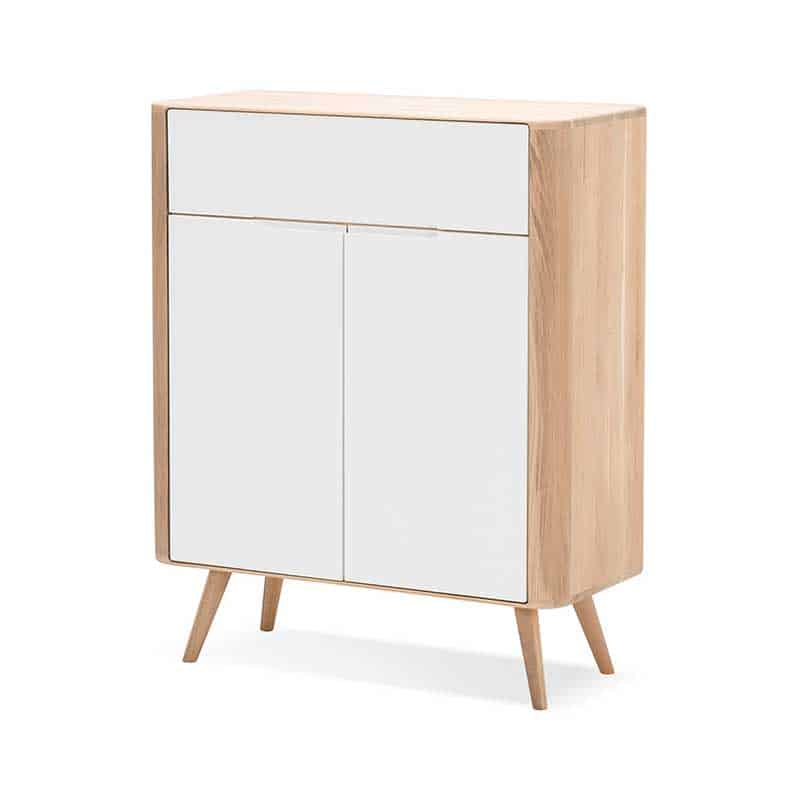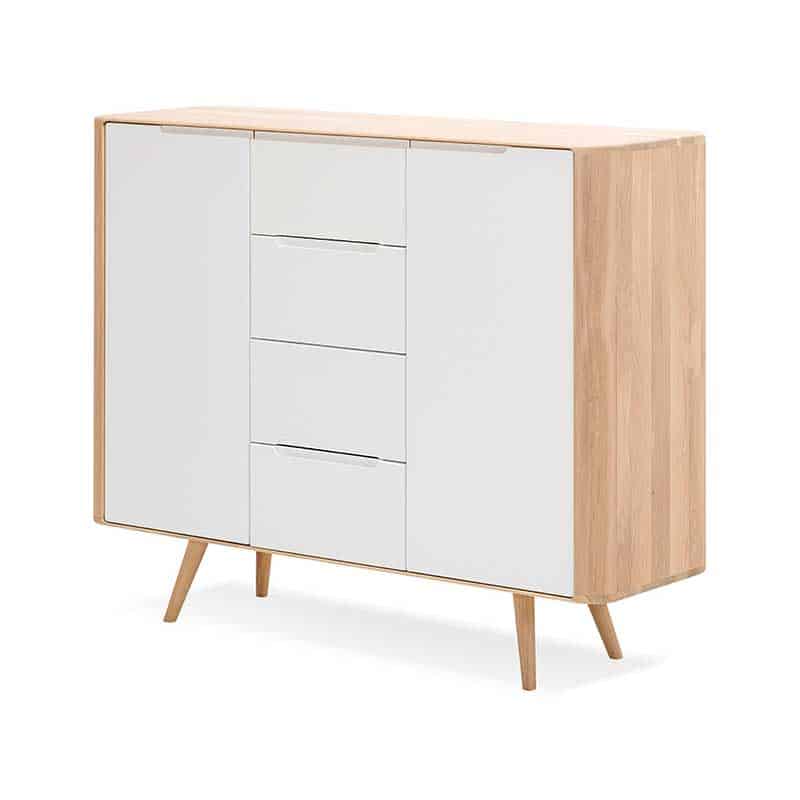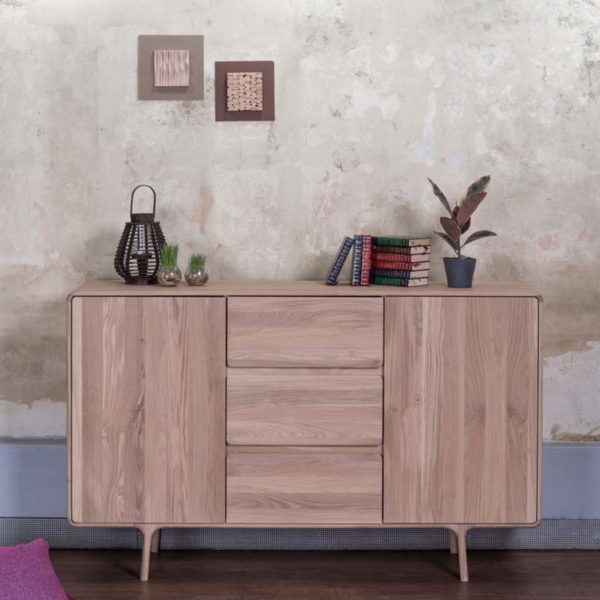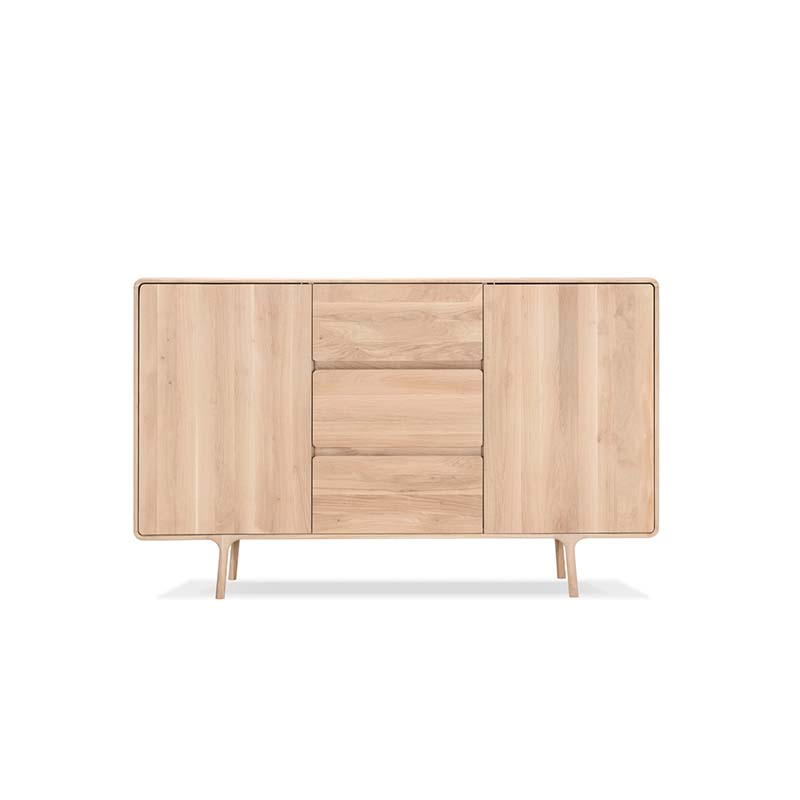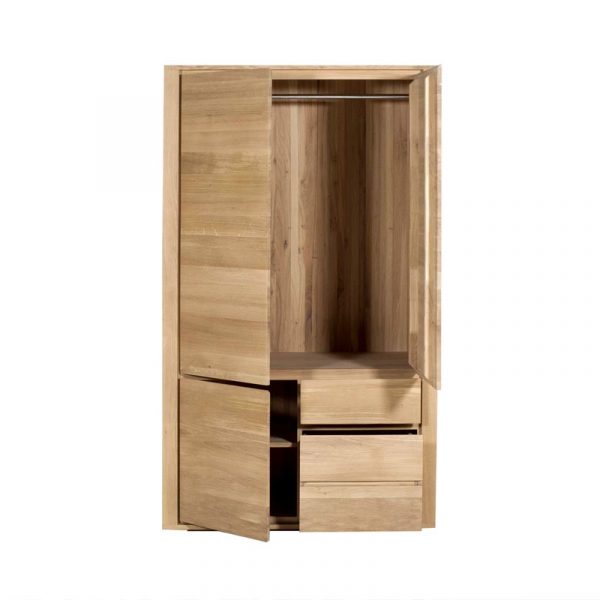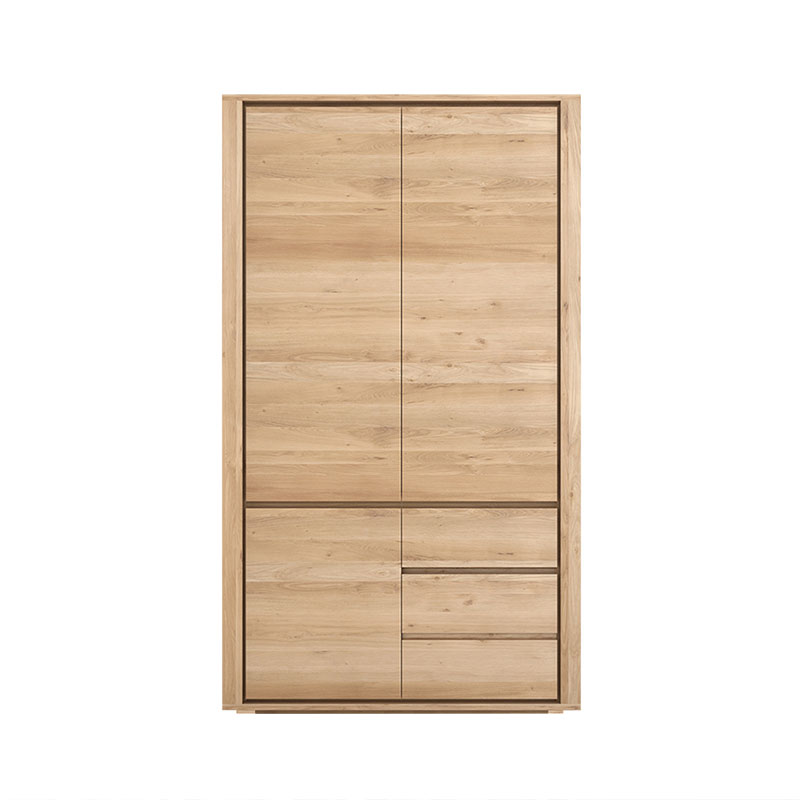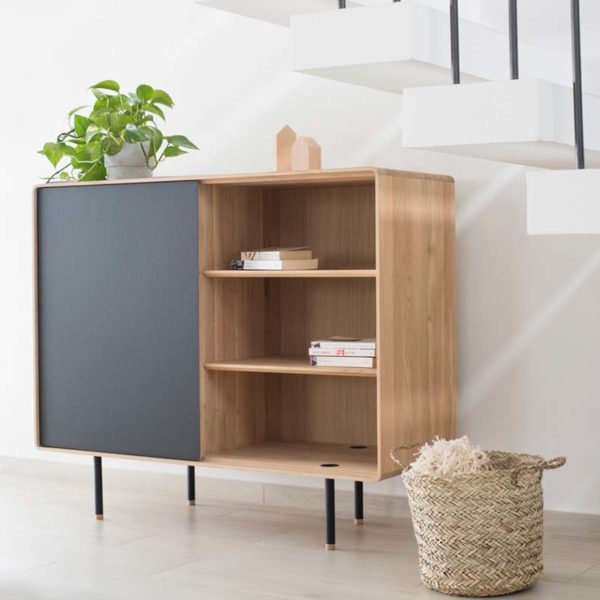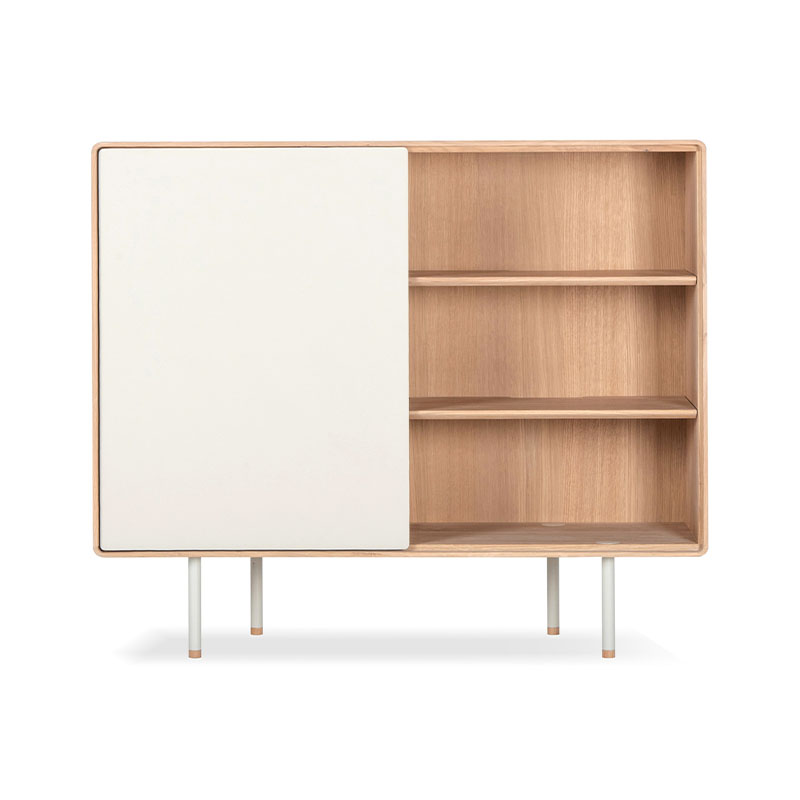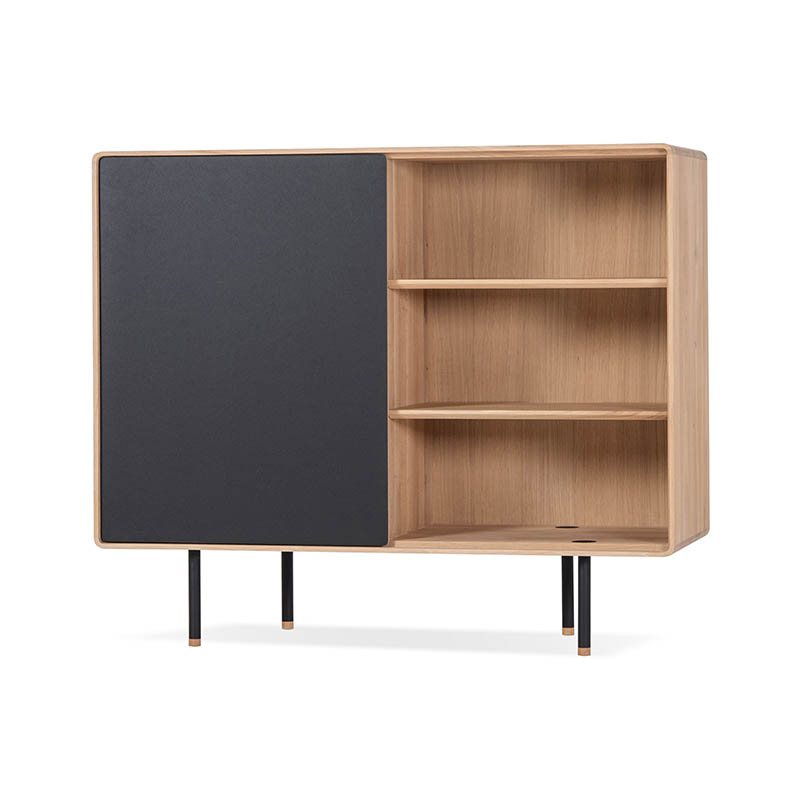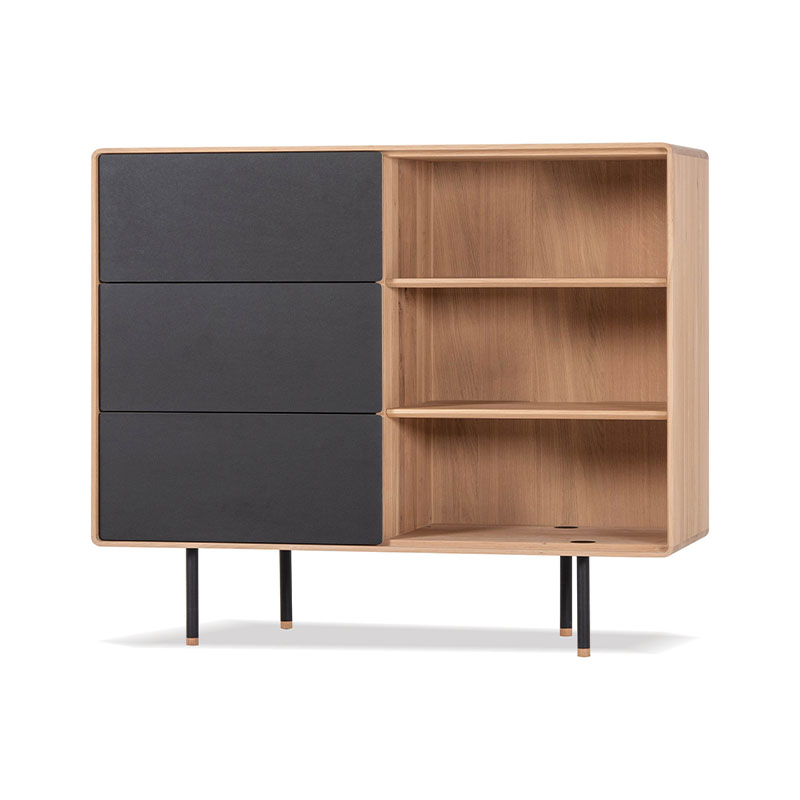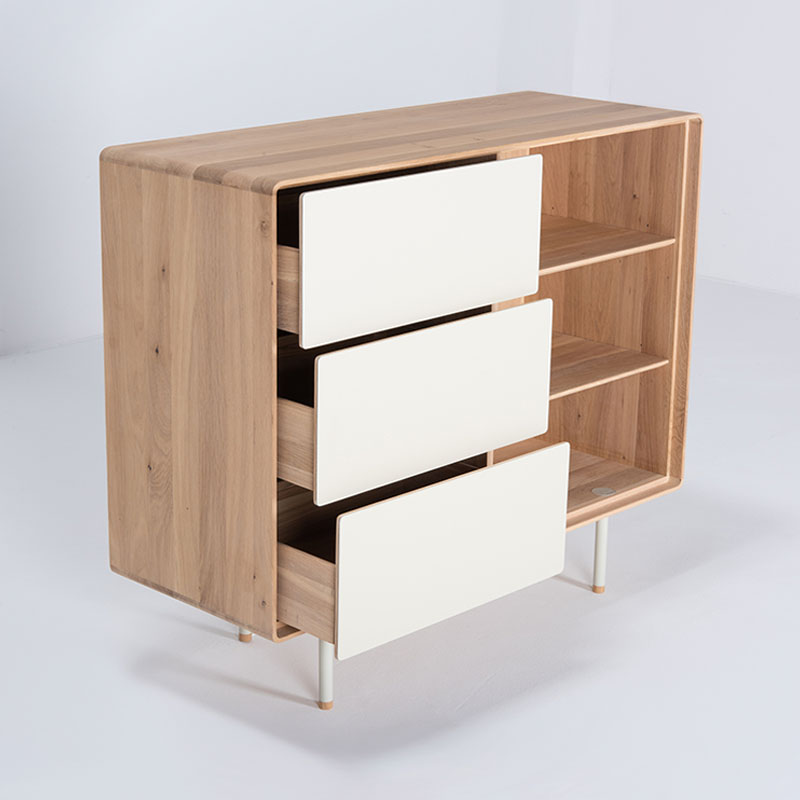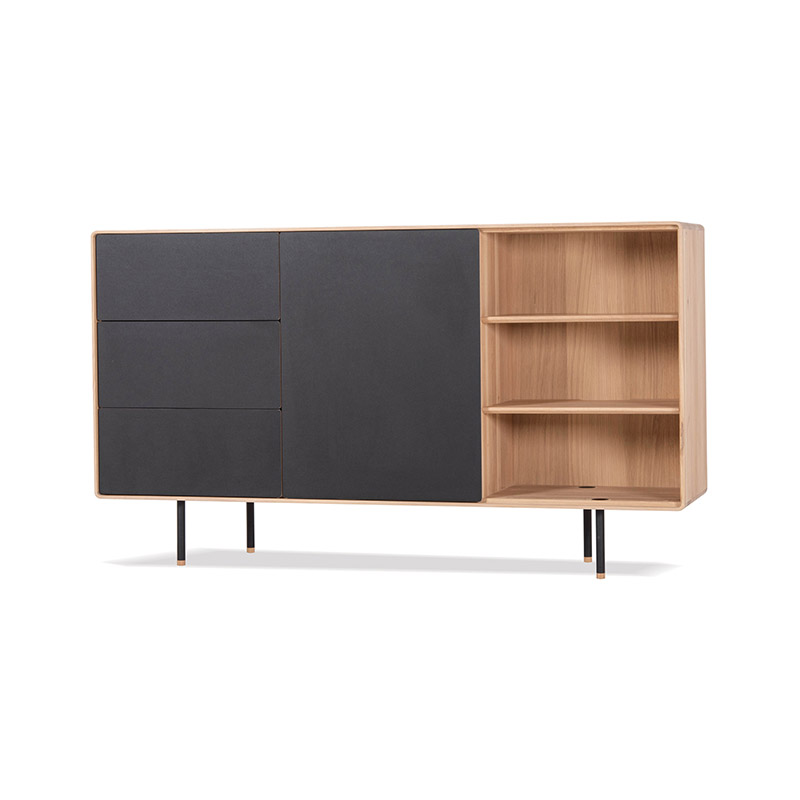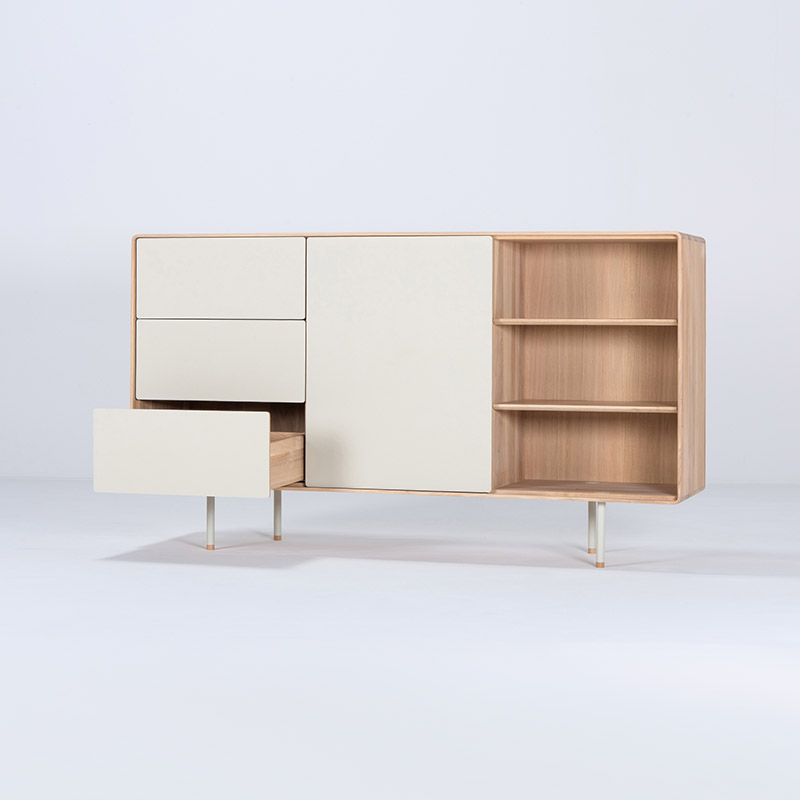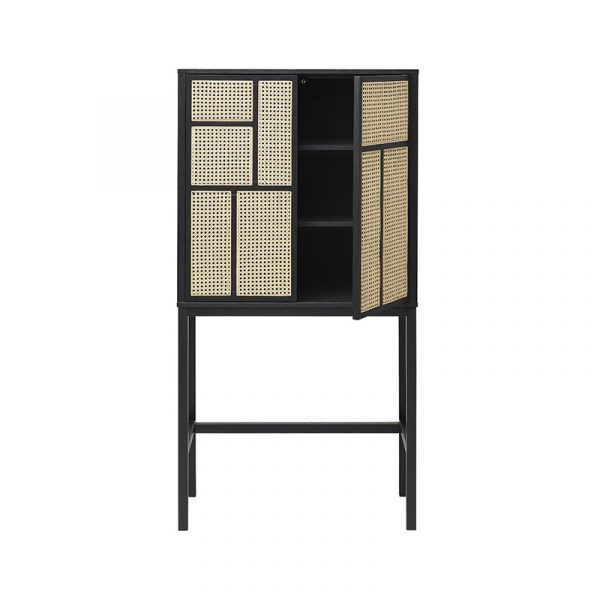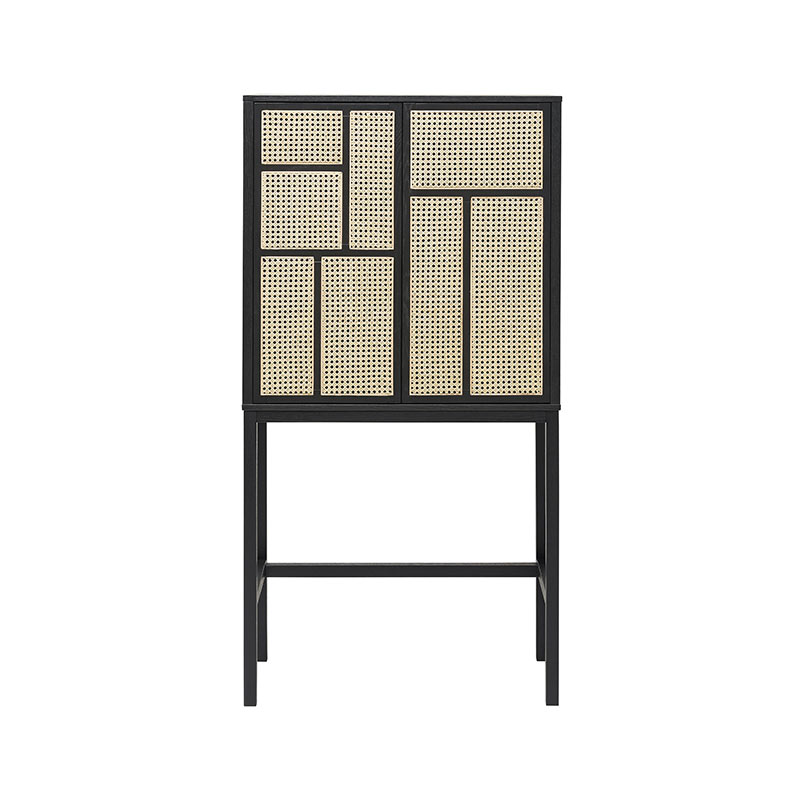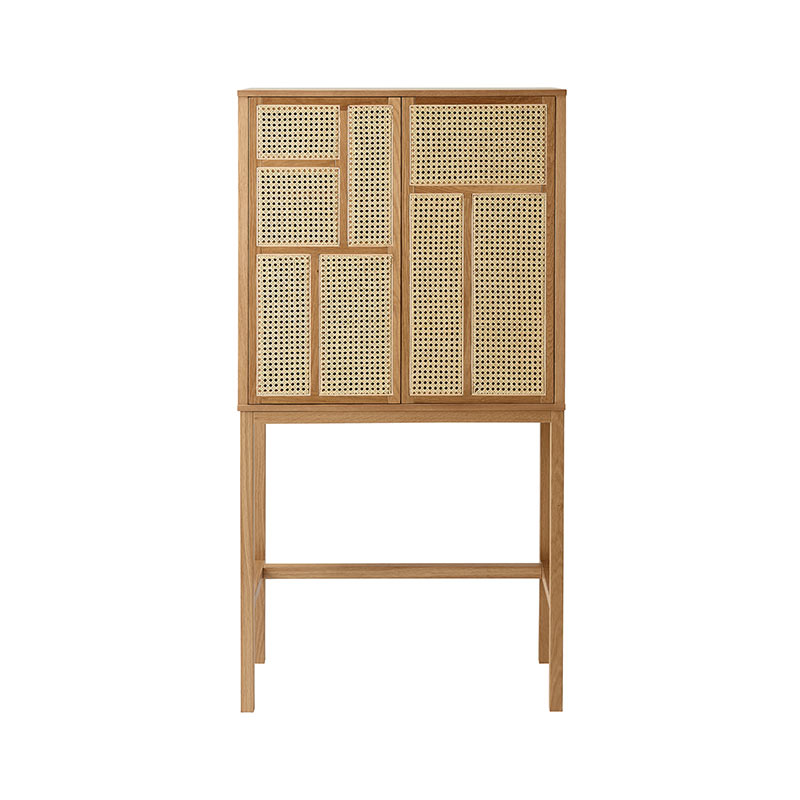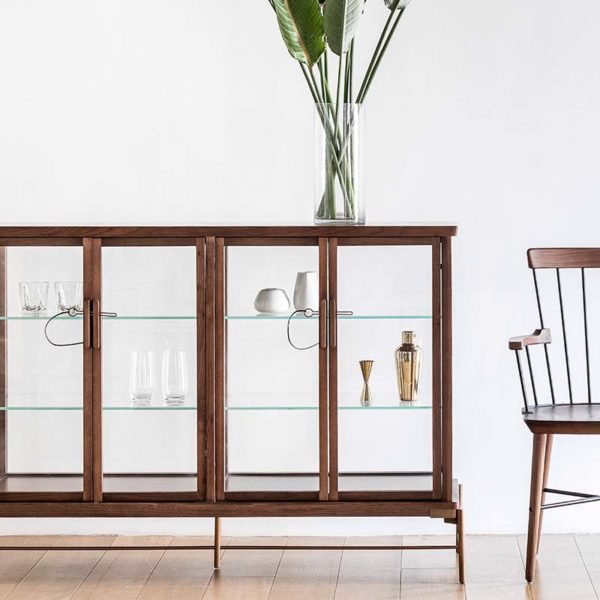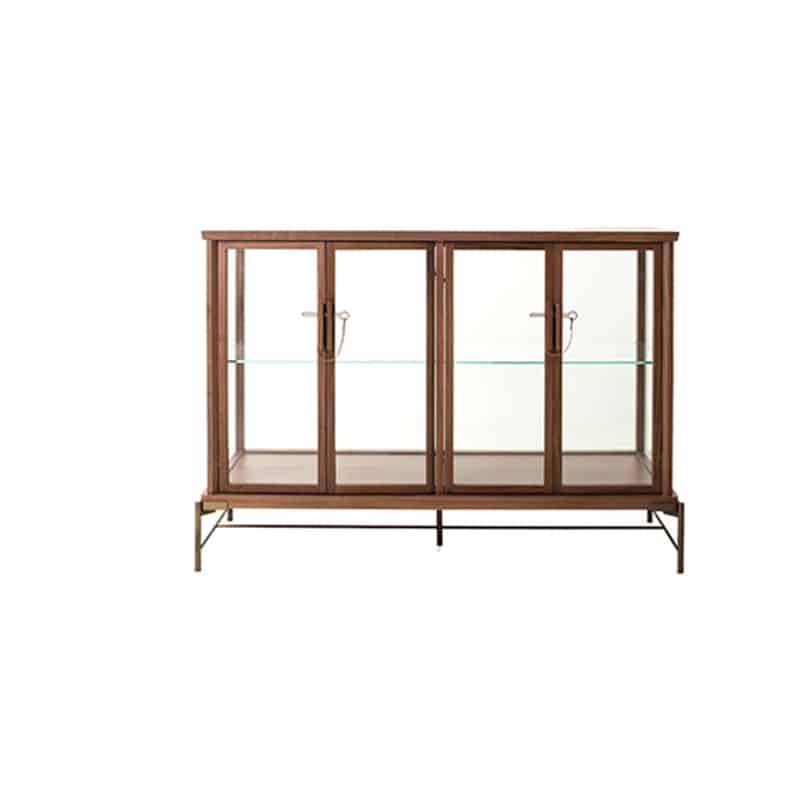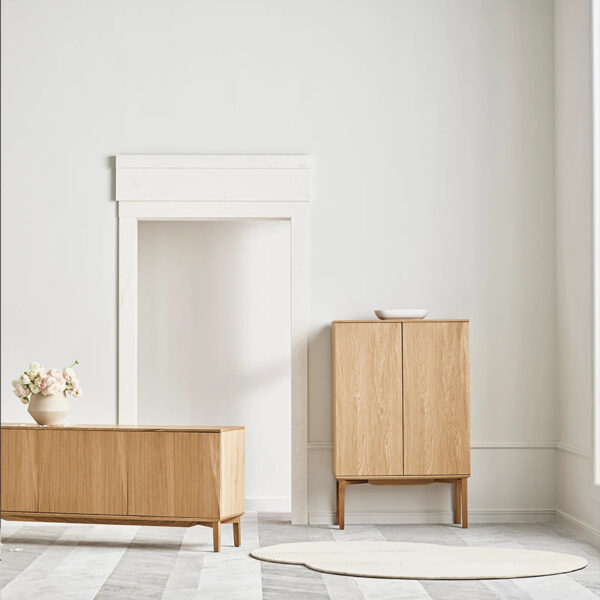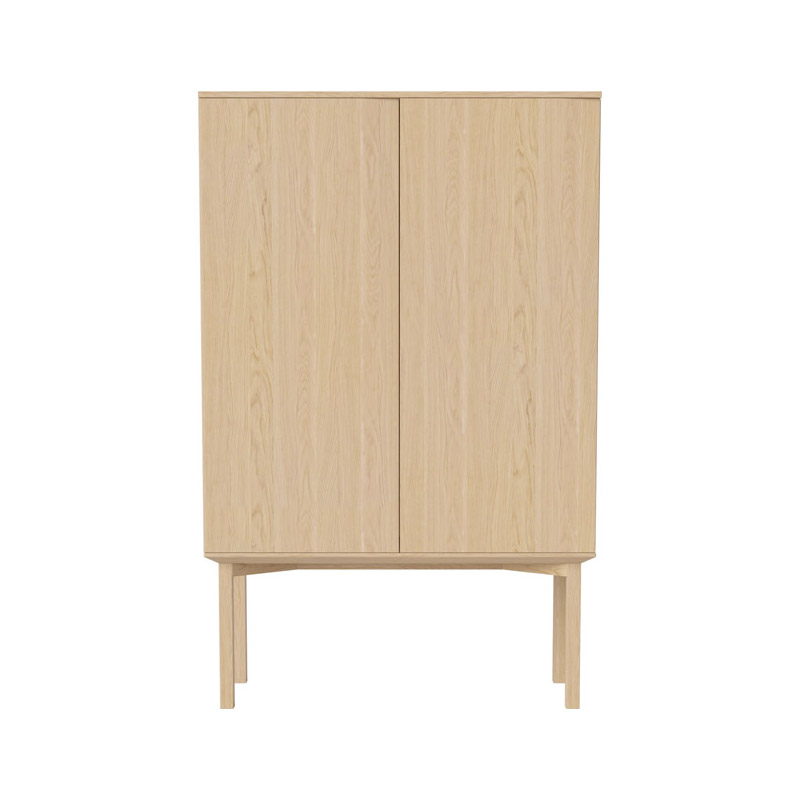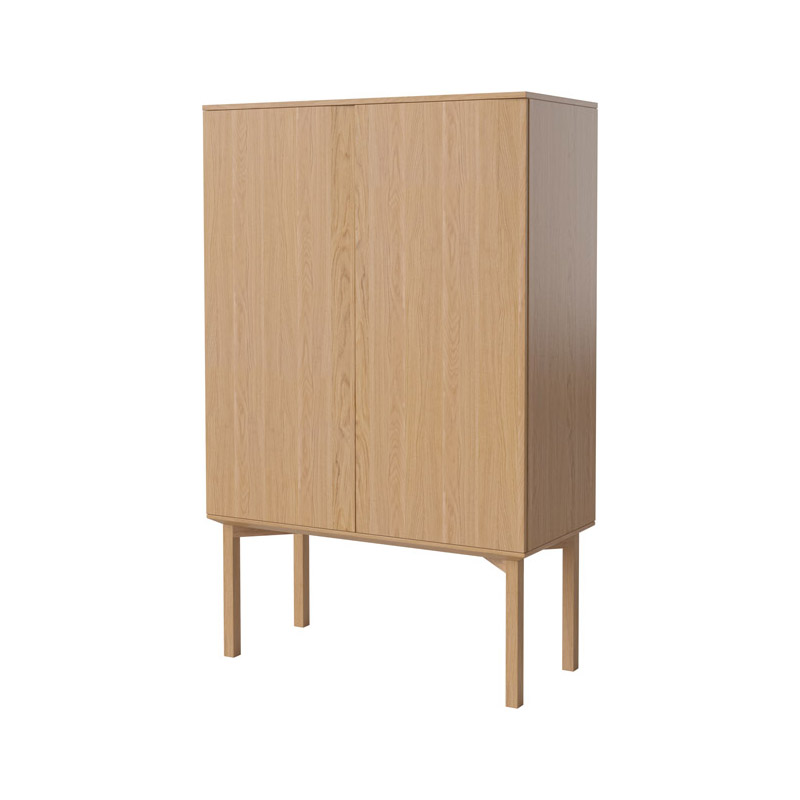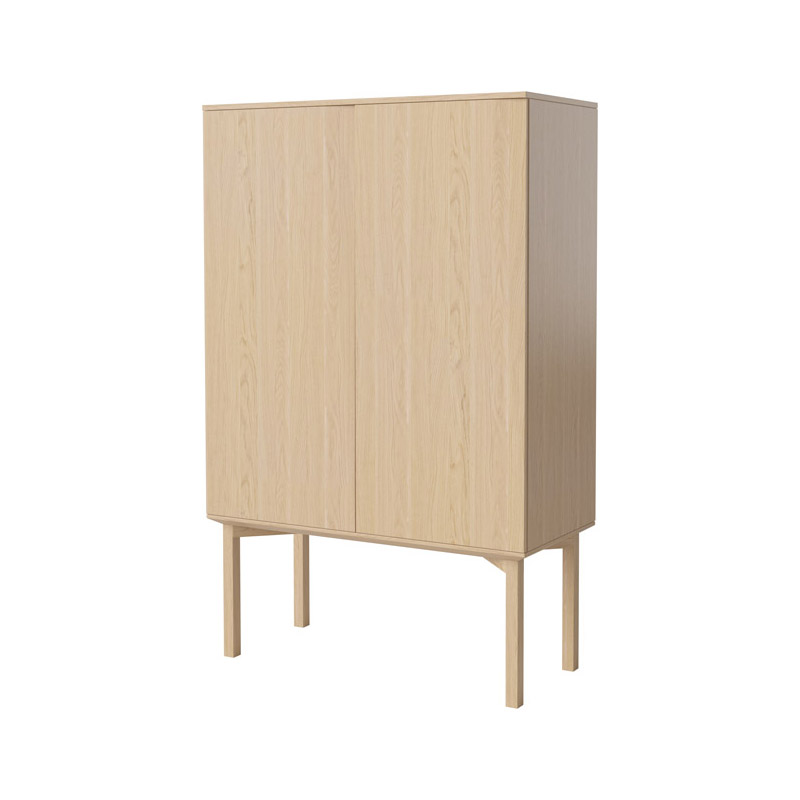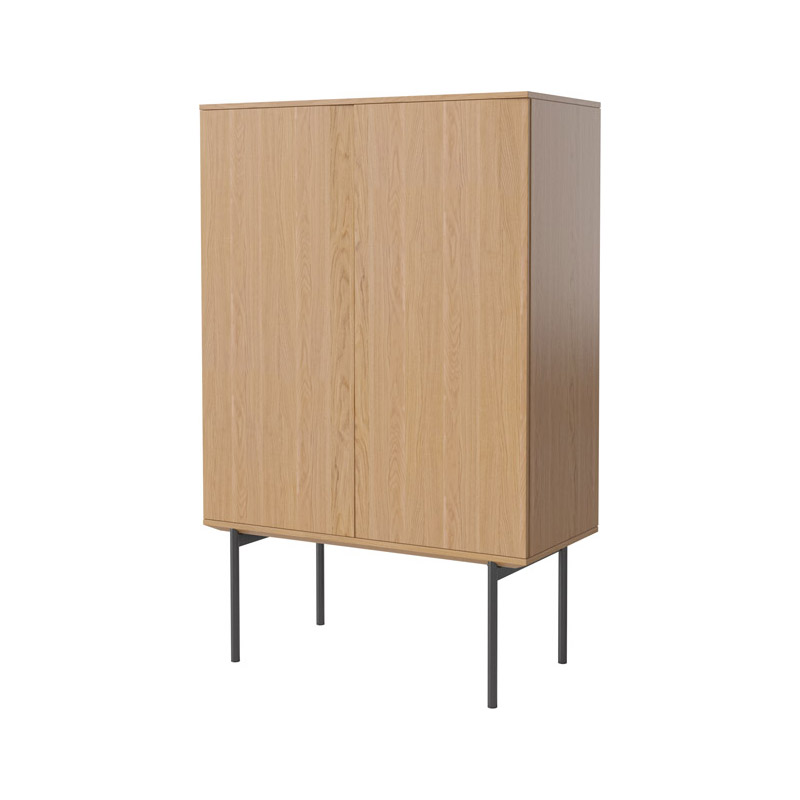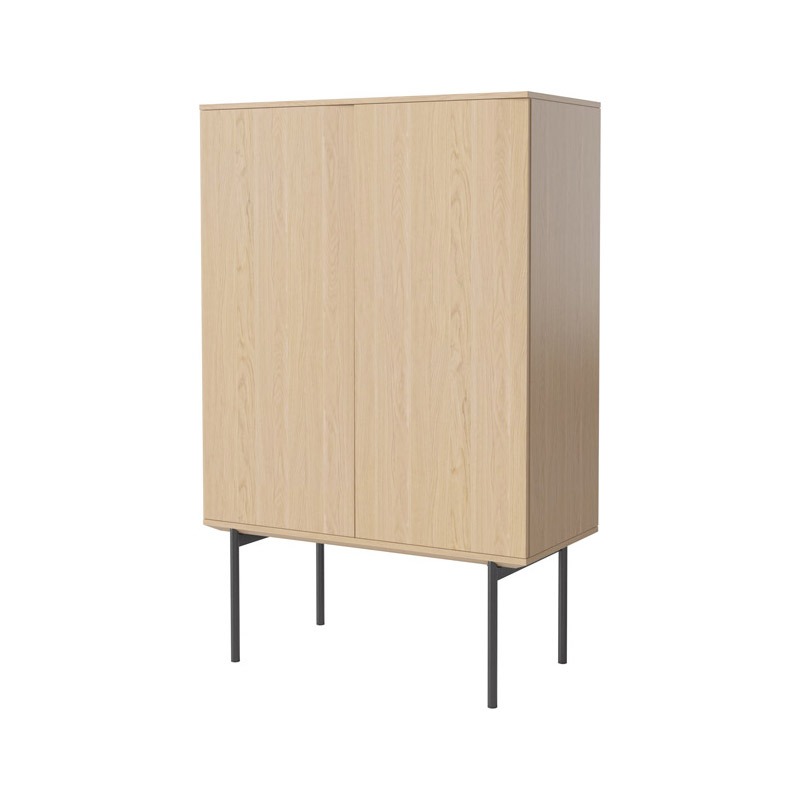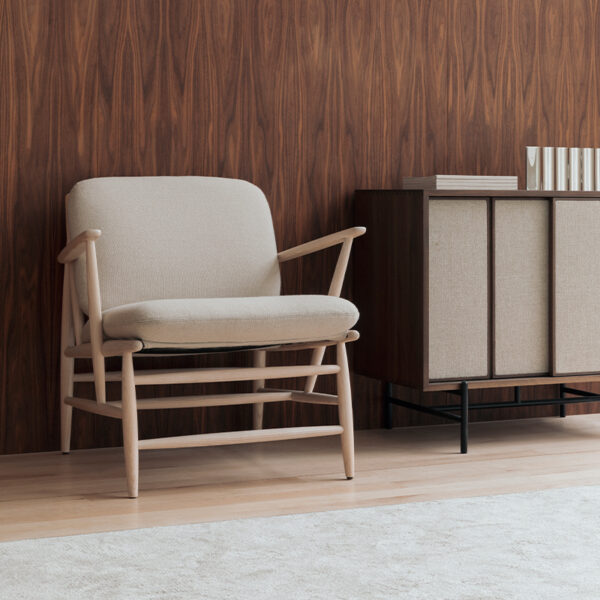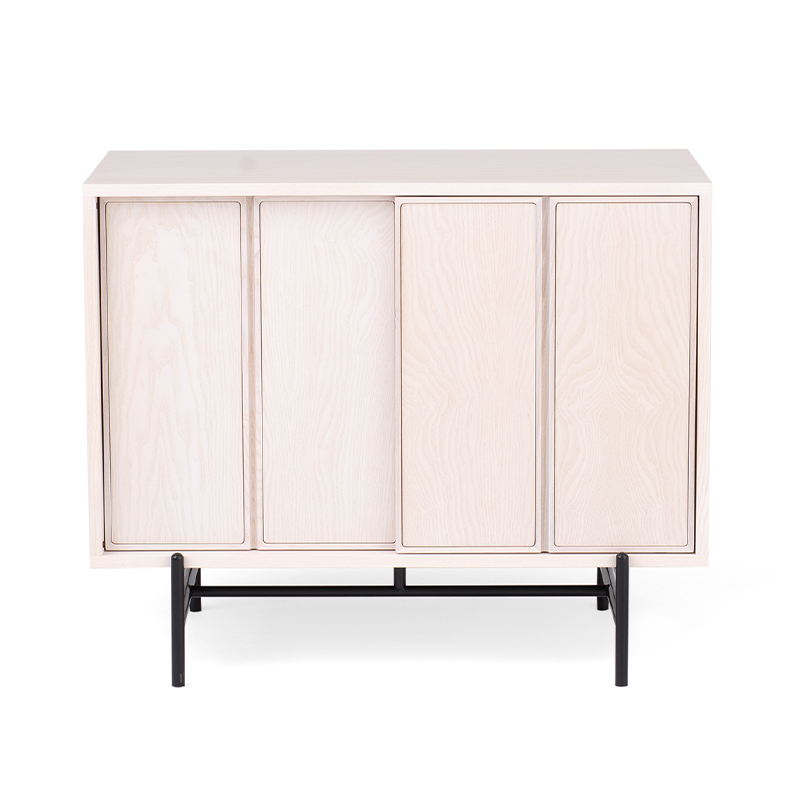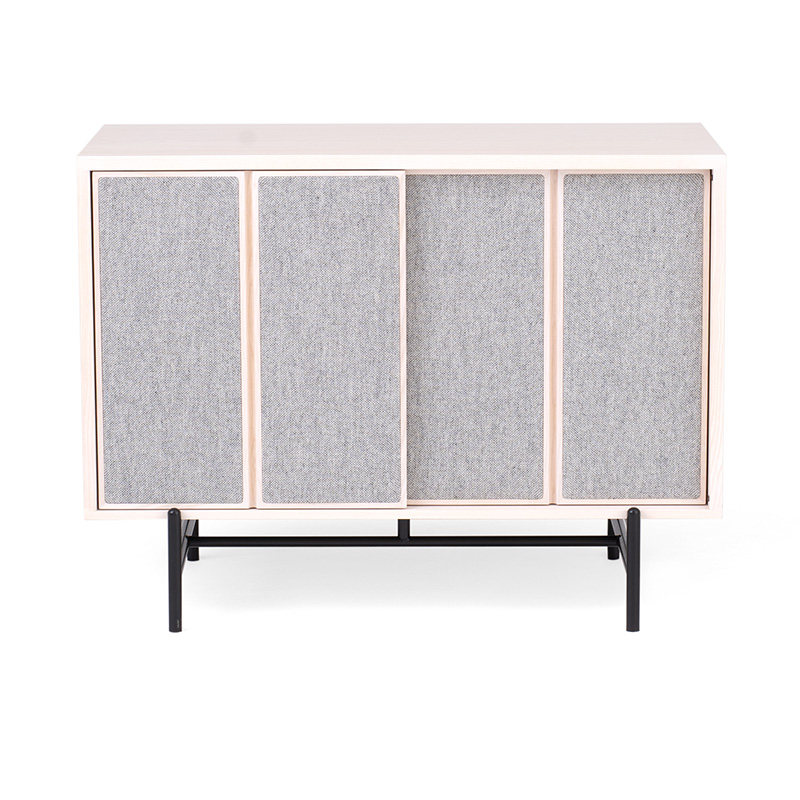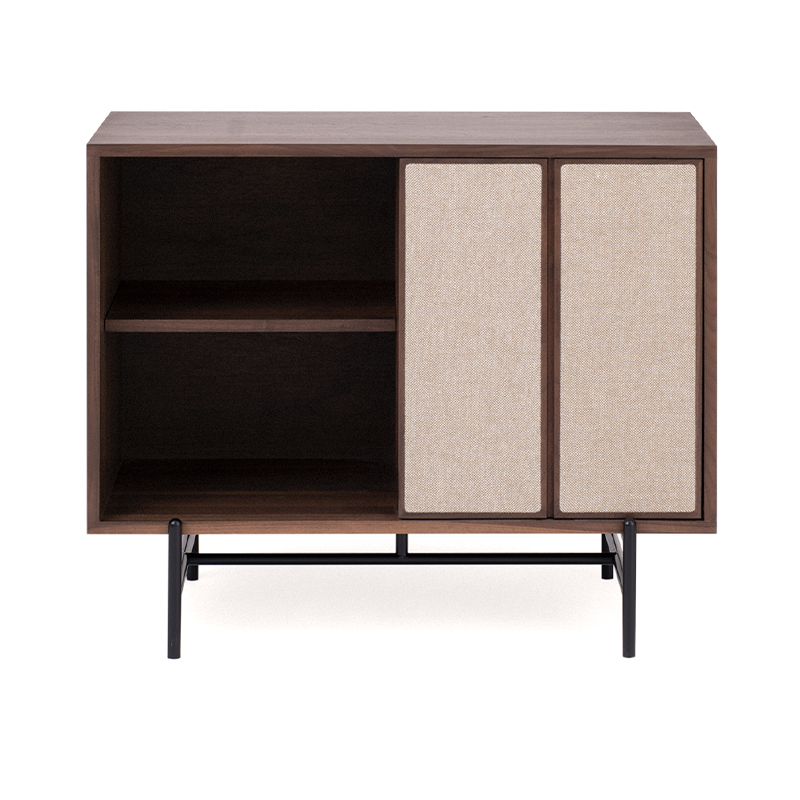
Mid-Century Modern Dresser, Sideboard, Console Table, and Credenza – What’s the Difference?!
Mid-century modern furniture has several terms that are often mixed up but mean different things. So, what exactly is the difference between a mid-century modern dresser, sideboard, console table and credenza? In this blog post, we will look at these differences and examine their special features. If you love design or want to improve your home decor, it’s important to know these distinctions. This knowledge will guide your decisions and help match your preferences.
Table of contents
- The Significance of Mid-century Modern Furniture in Modern Interior Design
- Modern Oak Sideboards as a Reference
- Mid-Century Modern Differences and Historical Context
- Mid-century Misconceptions
- Myth 1: Bauhaus and Mid-century Modern are the Same Thing
- Myth 2: Frank Lloyd Wright was a Mid-century Modern Architect
- Myth 3: Mid-century Modern Design is a Thing of the Past
- Myth 4: You Can’t Mix Scandinavian and Mid-century Modern Styles
- Myth 5: Scandinavian Design and Mid-century Modern are Interchangeable Terms
- Decoding Mid-century Modern Architecture: An Exploration of Sub-Styles
- Noteworthy Exemplars and Defining Elements
- Discerning Between Variants of Mid-century Modern Furniture
The Significance of Mid-century Modern Furniture in Modern Interior Design
To understand mid-century modern furniture, we need to know its historical context and relevance. This design movement started in the mid-20th century. It is famous for its clean lines, organic forms, and modern shapes. Mid-century modern furniture is loved for its simple yet elegant look, and it’s still popular in modern design. When you add this classic style to your home, it creates a welcoming atmosphere. More importantly with materials that combine usefulness and beauty.
Modern Oak Sideboards as a Reference
To provide you with a reference point, let’s take a closer look at our Modern Oak Sideboard Collection. This collection offers a range of modern oak sideboards that can provide your dining room or hallway with extra storage space. Within the collection are renowned brands such as L. Ercolani, Ethnicraft, Gazzda, and Normann Copenhagen. These designer brands have gained fame for their high-quality craftsmanship and exceptional design. In addition to our mid-century modern sideboards, we also offer other sought-after designer furniture collections. The Fawn collection by Gazzda and the Cross collection from Case Furniture. Matching your sideboard with one of the many modern dining tables and chairs of the same wood is a great idaea. This is a common theme in mid-century homes and will make a cohesive look in your dining room.
Mid-Century Modern Differences and Historical Context
As we’ve mentioned, mid-century modern furniture often uses different terms for the same piece of furniture. A good example is a dresser, a sideboard, a console table, and a credenza… each having a confusing link to the other. However, each of these pieces has its own unique characteristics and functions. We can also better understand these furniture designs by learning about their origins and influences in the mid-century modern era.
Analysing the Historical Context of Mid-century Furniture
To fully grasp the essence of mid-century modern furniture, it is crucial to examine its place in history. The mid-century period was from the 1940s to the 1960s. It brought important changes to society, culture, and technology. During this time, there was a change in design that focused on simplicity and efficiency. This change was influenced by events like World War II and the Cold War.
During this period, furniture designers wanted to make pieces that were useful and attractive. Not, overly embellished or “showy”. They embraced clean lines, organic shapes, and the innovative use of materials such as wood, metal, and plastic. It almost always has a mix of materials and geometric shapes (ones that generally reference nature). From its very roots, it aims to be simple and useful.
Fast-forward Highlighting Current Trends
As we explore the world of mid-century modern furniture, you may feel the urge to ask, “Is mid-century modern still on trend?” The answer… yes, it never goes out of trend thanks to its modest approach to furniture design. There are several current trends and examples which showcase the enduring appeal of this design style.
The Gazzda Fawn Dresser is a great example of mid-century modern design. It captures the essence of this style with contemporary flair! Why? Well, the Gazzda Fawn Dresser is a blend of classic mid-century style and practical modern features. Its clean lines, smooth silhouette, and use of high-quality materials make it a standout piece in any space. The Gazzda Fawn Dresser has big drawers and a visually flexible design. Of course, this makes it both refined and useful for any home.
Mid-century Misconceptions
When it comes to mid-century modern furniture, there are often misconceptions about the different types of pieces and their definitions…
Myth 1: Bauhaus and Mid-century Modern are the Same Thing
Fact: While Bauhaus has significantly influenced mid-century modern design, they are not identical. Bauhaus originated in Germany and focused on the unity of art, craft, and technology. Mid-century modern is an American design movement that also took inspiration from American high-prairie homes. Notable designers like Walter Gropius and Ludwig Mies van der Rohe were part of both movements but applied different principles in each.

Myth 2: Frank Lloyd Wright was a Mid-century Modern Architect
Fact: Frank Lloyd Wright is more accurately described as the pioneer of modern architecture rather than a mid-century modern architect. He did, however, train many architects who later contributed to the mid-century modern movement. His focus on harmony with nature and open living spaces resonates with mid-century modern ideals but belongs to a broader architectural context.
Myth 3: Mid-century Modern Design is a Thing of the Past
Fact: On the contrary, mid-century modern design is experiencing a significant resurgence. Its principles of clean lines, useful forms, and innovative use of materials continue to inspire contemporary design. Moreover, its focus on family living and technological upgrades in the home make it as relevant today as it was in the past.
Myth 4: You Can’t Mix Scandinavian and Mid-century Modern Styles
Fact: These two styles can harmonise beautifully in the same space. While Scandinavian design often features lighter tones, mid-century modern can bring in bolder, darker hues. The blend of these styles can create a balanced and visually appealing environment in any home.
Myth 5: Scandinavian Design and Mid-century Modern are Interchangeable Terms
Fact: Although they share similarities, such as clean lines and minimal embellishments, they are distinct design movements. Mid-century modern is an American evolution that integrated elements of Scandinavian and Bauhaus designs. However, Scandinavian design places a higher emphasis on sustainability and natural materials.
Decoding Mid-century Modern Architecture: An Exploration of Sub-Styles
Between the years 1945 and 1969, the realm of mid-century modern architecture witnessed the conceptualisation of three pivotal styles: the International, the Contemporary, and the Organic. The International style drew inspiration from the epoch-making Bauhaus movement, emphasising the virtues of simplicity and deploying materials like stucco for finishing effects. Meanwhile, the Contemporary style gained considerable traction. Characterised by clean lines, expansive windows, and an extensive use of natural elements such as wood, stone, and brick, these domiciles exhibited asymmetrical facades, featuring visible ceiling beams that contributed to an airy, natural ambiance. The Organic style, on the other hand, endeavoured to harmonise architectural structures with their natural environs, incorporating organic shapes over angular silhouettes. It merits mentioning that an Organic mid-century modern dwelling would manifest divergently based on its geographic locale; for instance, a forest setting as opposed to a desert.
Advantages and Disadvantages of Mid-century Modern Design
Mid-century modern design, whether in architectural forms or furniture, seamlessly integrates contemporary sensibilities with subtle tributes to bygone eras. One of its compelling merits lies in its effective use of large apertures and floor-to-ceiling windows, which foster a profound affinity with the surrounding ecosystem. Such elements not only offer panoramic vistas but also infuse interiors with natural light and aesthetic appeal. Nonetheless, the design style is not devoid of limitations. Critics argue that as contemporary design paradigms continue to evolve, the mid-century modern aesthetic risks being perceived as passé or less en vogue. Moreover, its architectural openness might not be ideally suited for bustling urban localities, as it could potentially infringe upon privacy and amplify energy consumption.
Evaluating the Strengths and Weaknesses of Mid-century Modern Furniture Design
Mid-century modern furniture is imbued with numerous attributes that improve its lasting quality and ageless appeal. Crafted from robust materials like robust wood and high-quality metals, these pieces can seamlessly inhabit diverse spaces—be it domestic settings, offices, or intimate cafes. However, the quality comes at a price. Authentic creations, especially those designed by renowned artisans, can command exorbitant price tags. Additionally, the market is replete with counterfeits that mimic the original designs but lack their quality. One must also exercise caution in the care and maintenance of wooden pieces, which can be sensitive to prolonged exposure to sunlight or moisture.
Contemporary Versus Mid-century Modern: A Comparative Analysis
When faced with the choice between contemporary and mid-century modern furniture, both styles offer unique advantages and disadvantages. Contemporary design prioritises contemporary, clean lines and epitomises modern aesthetics. In contrast, mid-century modern celebrates vibrant hues and curvilinear forms, adding a dash of retro flair to spaces. Therefore, the selection boils down to individual preferences and the specific ambience one aims to establish. Contemporary styles align with modern, streamlined aesthetics, whereas mid-century modern can infuse spaces with a playful yet classic aura.
Noteworthy Exemplars and Defining Elements
Within the realm of mid-century modern furniture, seminal works and iconic designs abound. One such luminary is the Stahl House, which has been immortalised through the lens of Julius Schulman. Its design elements, contextual significance, and overarching impact on mid-century modern architecture cannot be overstated.
Similar principles of form and function are observed in mid-century modern furniture categories like dressers, sideboards, console tables, and credenzas. Each piece, endowed with distinct features, contributes to the overall aesthetic and practical aspects of this design paradigm. Knowledge of these defining elements can serve as an invaluable tool for informed decision-making in furniture selection.

Uses of a Dresser, Sideboard, Console Table, and Credenza
So, back to the main query, what are the differences? Here’s a detailed breakdown:
Dresser
- Storage: Primarily used in bedrooms, dressers offer ample drawer space for clothes, accessories, and other personal items.
- Surface Display: The top surface often serves as a display area for items like mirrors, lamps, or decorative artifacts.
- Organization: With compartmentalized drawers, dressers assist in organizing items neatly and efficiently.
- Design Element: The design of the dresser, whether ornate or minimalist, contributes to the room’s overall aesthetic.
Sideboard
- Storage: Typically found in dining rooms or hallways, sideboards offer cabinets and/or drawers for storing tableware, linens, and serving items.
- Serving Surface: The top surface is generally used for laying out food, beverages, or serving dishes during meals.
- Display: The top may also serve as a display area for decorative pieces, vases, or artwork.
- Room Divider: In open-concept homes, a sideboard can act as an informal room divider between the dining and living areas.
Console Table
- Decorative Focal Point: Usually placed against a wall or behind a sofa, console tables often serve as design focal points in entryways or living rooms.
- Surface Display: Provides a surface for decorative items like lamps, photographs, or floral arrangements.
- Additional Storage: Some console tables come with drawers or shelves for extra storage, though this is less common.
- Narrow Footprint: Due to their slim profiles, they are ideal for narrow spaces or corridors.
Credenza
- Storage: Offers extensive storage options with its cabinets and drawers, suitable for dining rooms, living rooms, or home offices.
- Display Surface: The top can be used for displaying artwork, a TV, or decorative items.
- Serving Surface: In dining rooms, the top surface often serves as an additional area for serving food and drinks.
- Workspace: In offices, the credenza can offer additional workspace or serve as an extension of the desk.
Each of these furniture pieces carries its own set of functionalities, and their ultimate utility can be quite adaptable, adaptable to the specific needs and style preferences of the user.
Discerning Between Variants of Mid-century Modern Furniture
Concluding this exploration, it becomes evident that terms like “dresser,” “sideboard,” “console table,” and “credenza” may colloquially overlap, yet they encompass unique functionalities and aesthetic codes. Through an understanding of these nuanced distinctions, one can make discerning choices that resonate with one’s stylistic preferences and practical needs. Whether it’s opting for an elegant piece from the Modern Oak Sideboard Collection or the meticulously crafted Gazzda Fawn Dresser, the ultimate decision should align with your aesthetic sensibilities and appreciation for the enduring allure of mid-century modern design.
By diving deep into these differentiating factors, you are better equipped to curate an interior space that is not only visually appealing but also steeped in the rich heritage and functional ethos of mid-century modern design.

